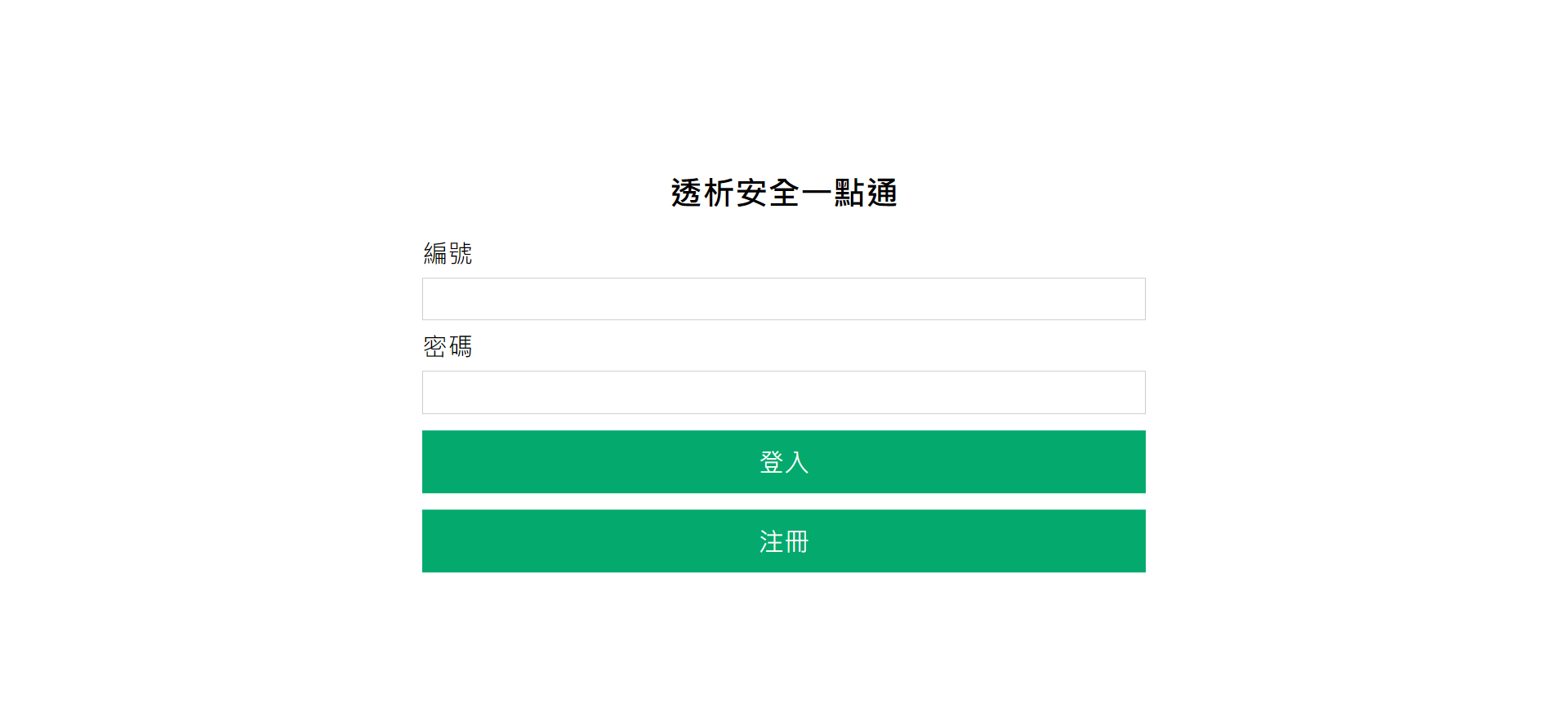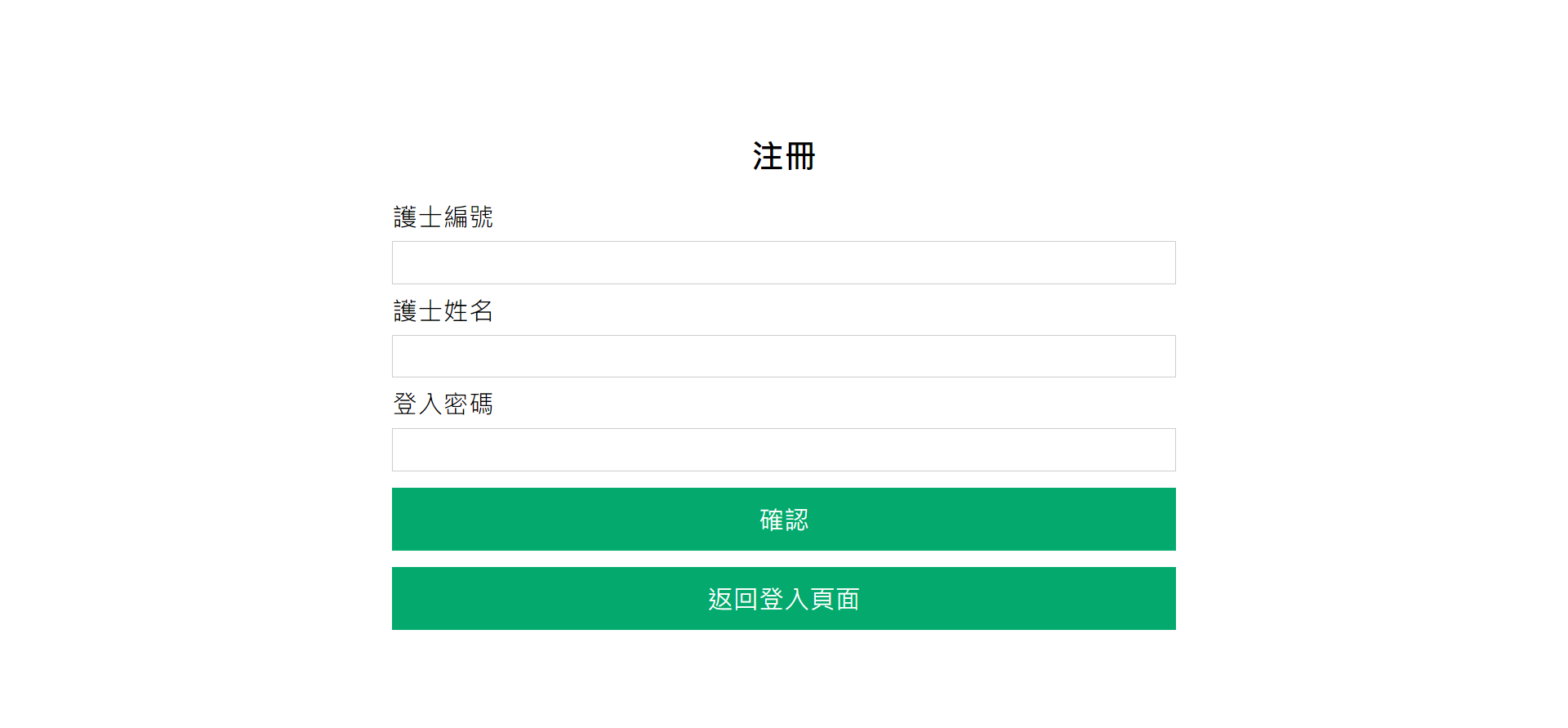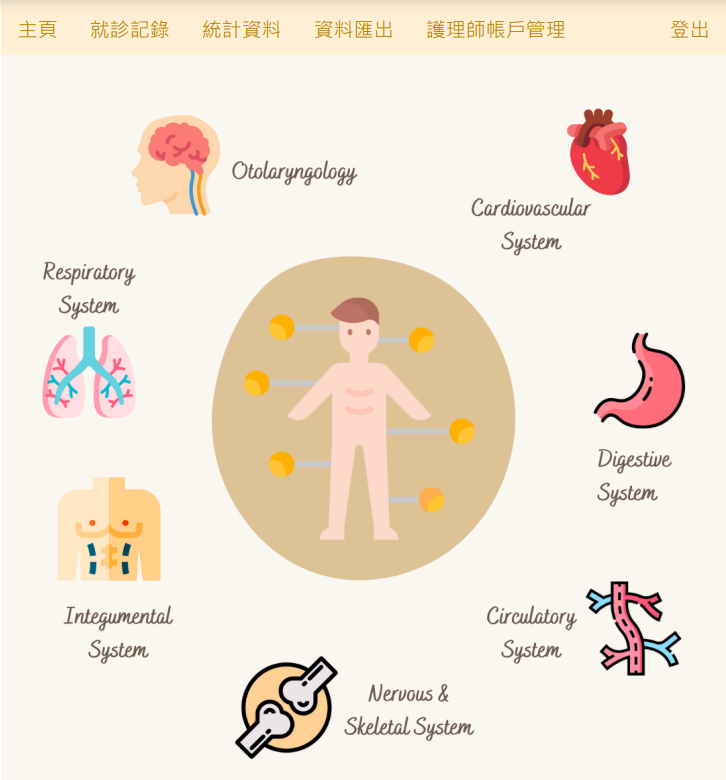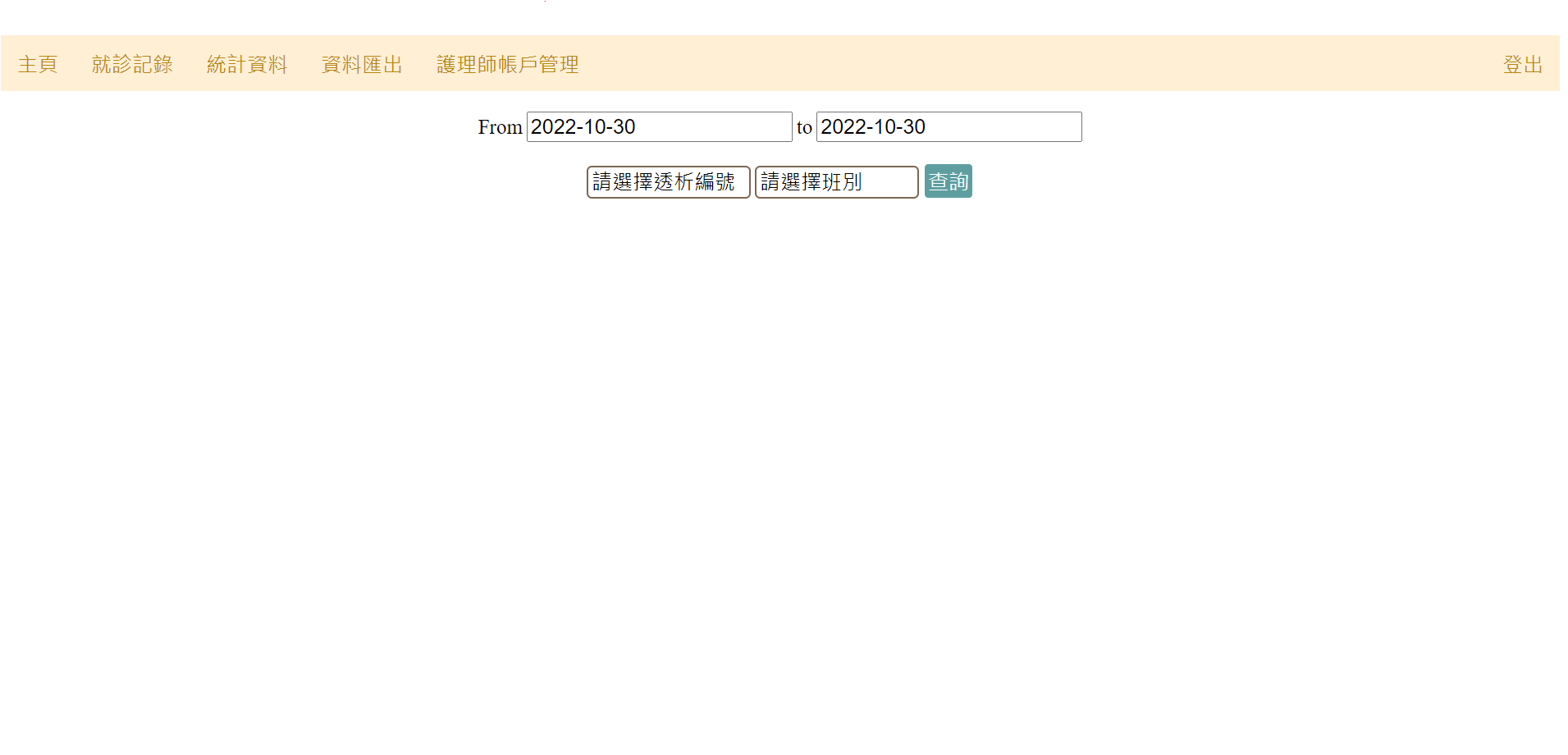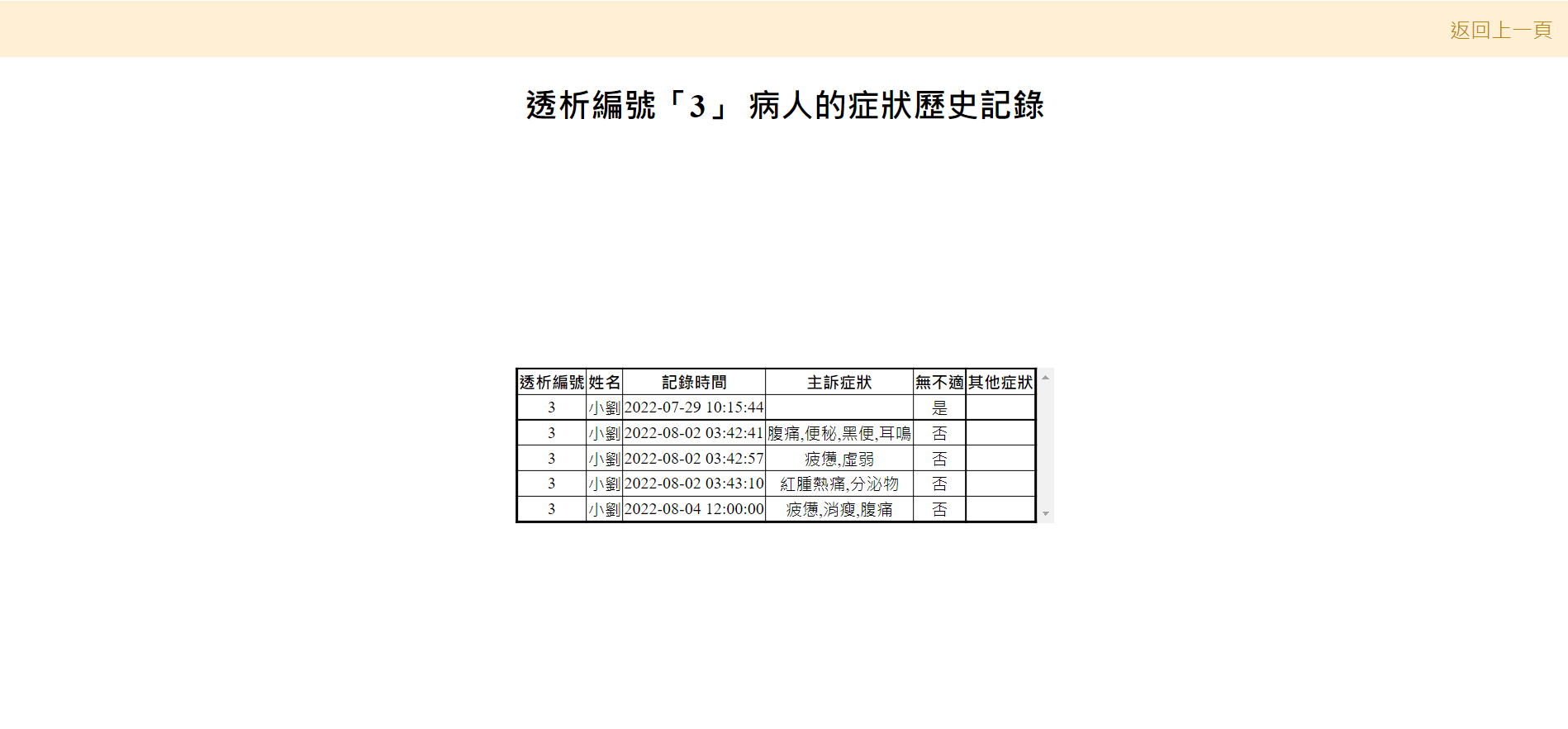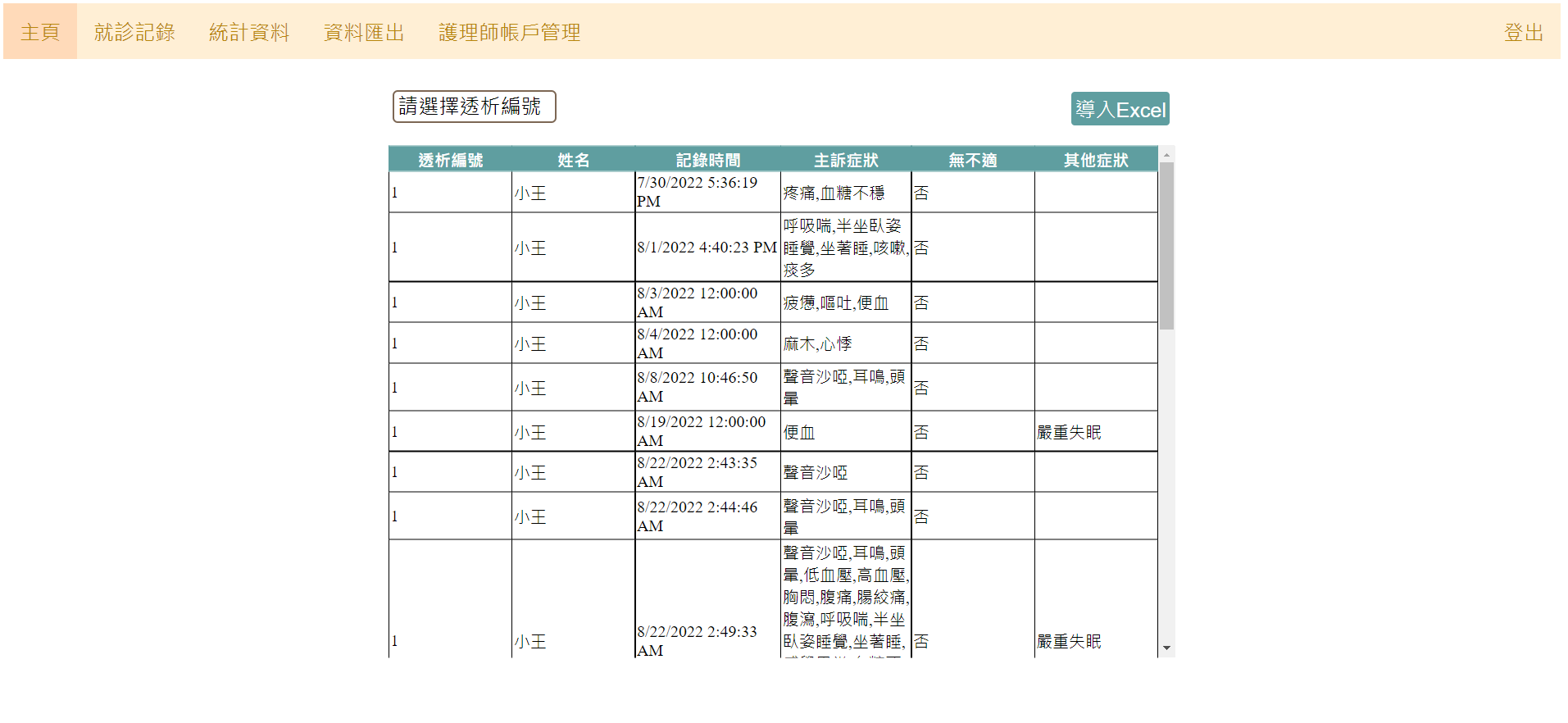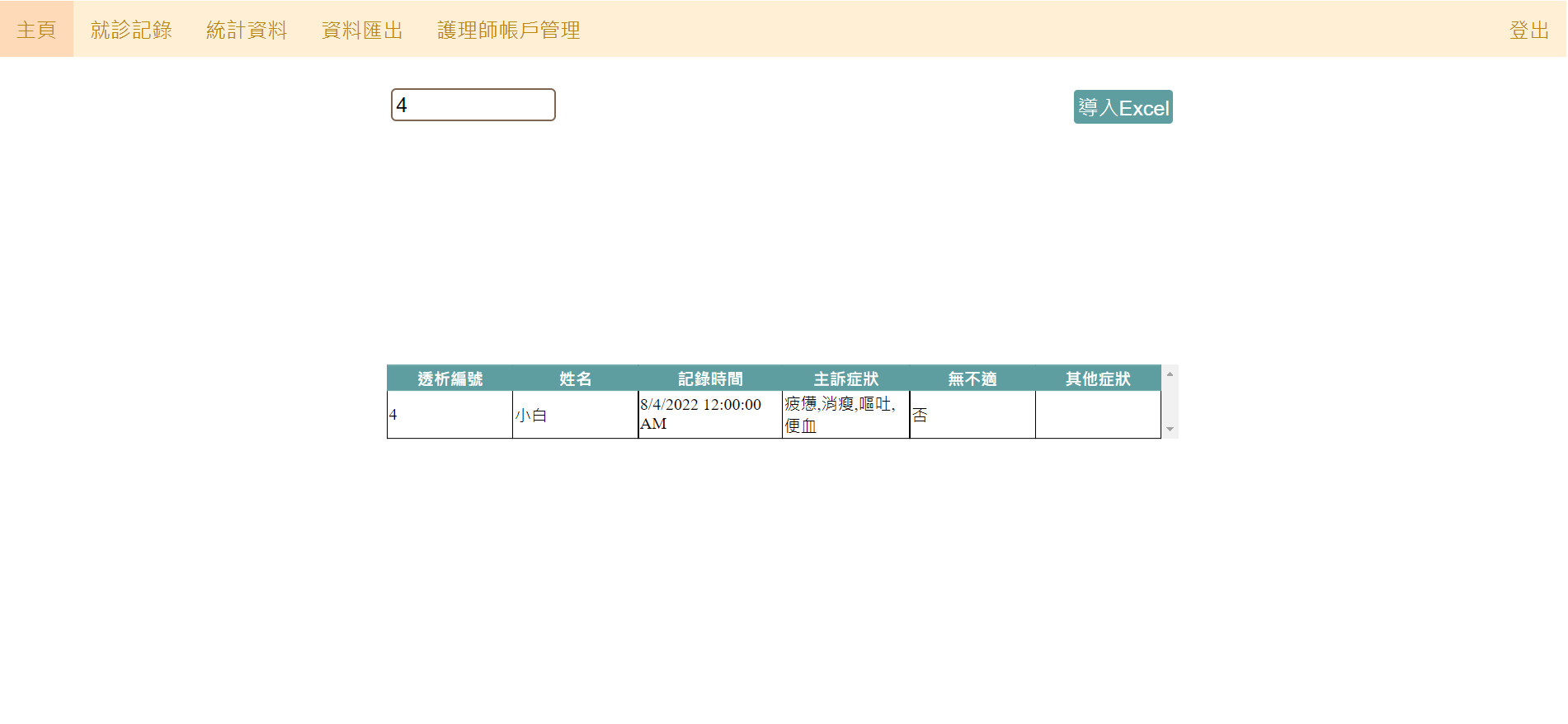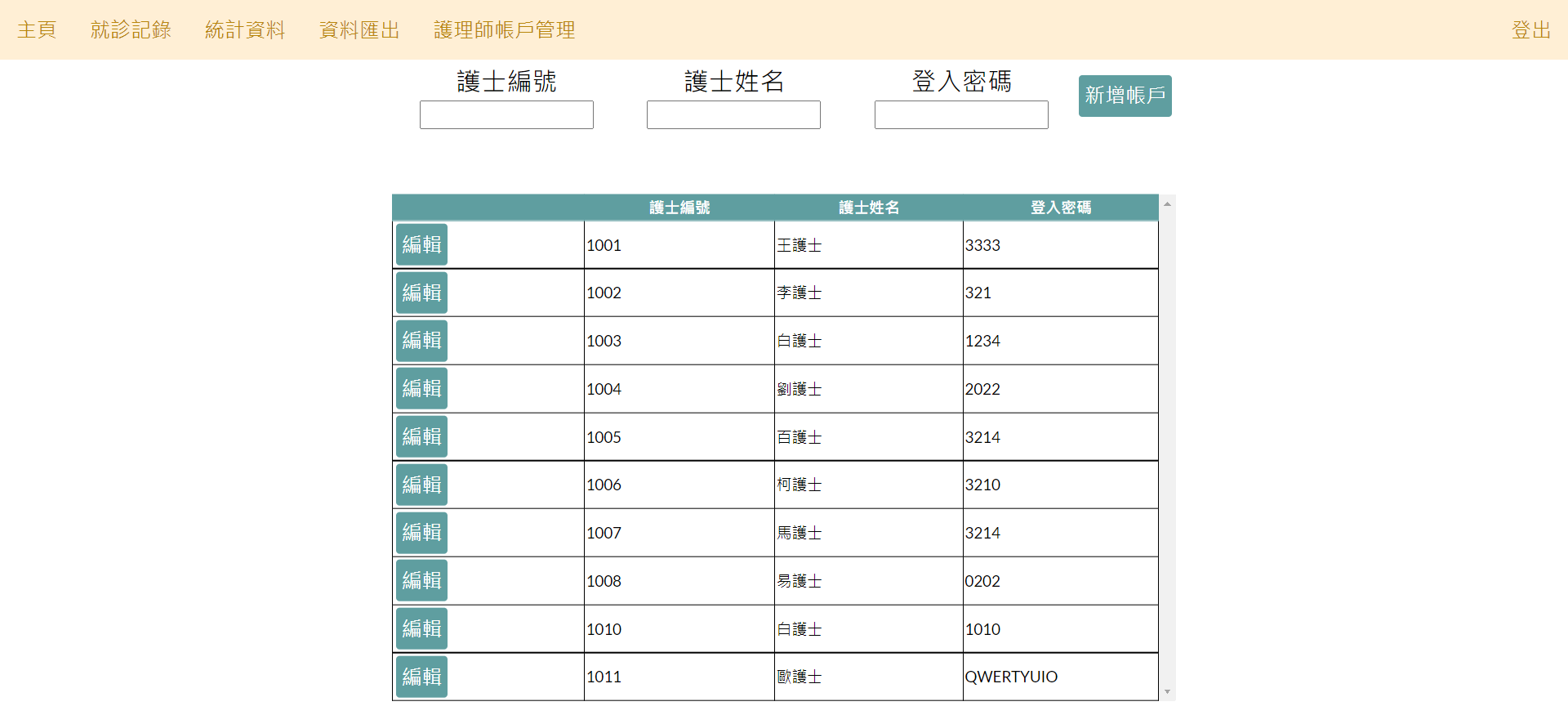Hemodialysis Complications Checker System
Motivation
Hemodialysis stands as a pivotal renal replacement therapy catering to patients afflicted with compromised kidney function. In accordance with statistical data from the year 2018, Taiwan witnessed a notable surge in dialysis patients by 12,346. Remarkably, 90.6% of these individuals underwent hemodialysis treatment. Nonetheless, hemodialysis engenders potential complications, encompassing symptoms such as nausea, vomiting, and headaches. In certain instances, the ramifications can escalate to severe outcomes such as cerebral hemorrhage and cardiac arrest, imperiling the patient's life. The intricate etiology and pathogenesis underlying these complications are multifaceted, entwining factors such as dialysis modality, the patient's baseline health, and pharmaceutical influences.
In order to furnish patients with a comfortable and efficacious hemodialysis experience, healthcare practitioners must acquire a comprehensive grasp of post-dialysis complications that manifest after patients transition back to their homes. This insight is indispensable for tailoring appropriate care and treatment strategies to optimize patient outcomes.
Objective
The objective of this study is to establish an electronic framework for documenting patient complications, thereby facilitating the creation of comprehensive, detailed, and timely records by patients. This digital approach also offers medical personnel convenient access to these records for subsequent statistical analysis. The research endeavors to realize this objective through the development of a system comprising a mobile application and a dedicated website. The mobile application caters to dialysis patients, enabling them to seamlessly record their experiences, while the website is tailored to meet the needs of medical professionals who require access to these records.
Technology Stack
Xamarin
The mobile application developed in this project is built using Xamarin, an open-source framework developed by Microsoft. Xamarin facilitates cross-platform application development for Android, iOS, and Windows, particularly tailored for .NET developers.
FHIR API
Fast Healthcare Interoperability Resources (FHIR) is an interoperability standard developed by the Health Level Seven International (HL7) healthcare standards organization for the electronic exchange of healthcare information. FHIR employs contemporary web-based API technologies, including an HTTP-based RESTful protocol, and provides the flexibility of choosing between JSON or XML for data representation.
The API developed in this project is built upon the FHIR standard, utilizing four HTTP methods, as outlined in the table below. Additionally, this project exclusively adopts the JSON format for resource representation during data transfers.

MVC Framework
The system is constructed upon the Model-View-Controller (MVC) framework, consisting of three core components:
- Model: Responsible for data logic and database interactions.
- View: Manages data presentation and user interface.
- Controller: Handles the request flow and application logic.
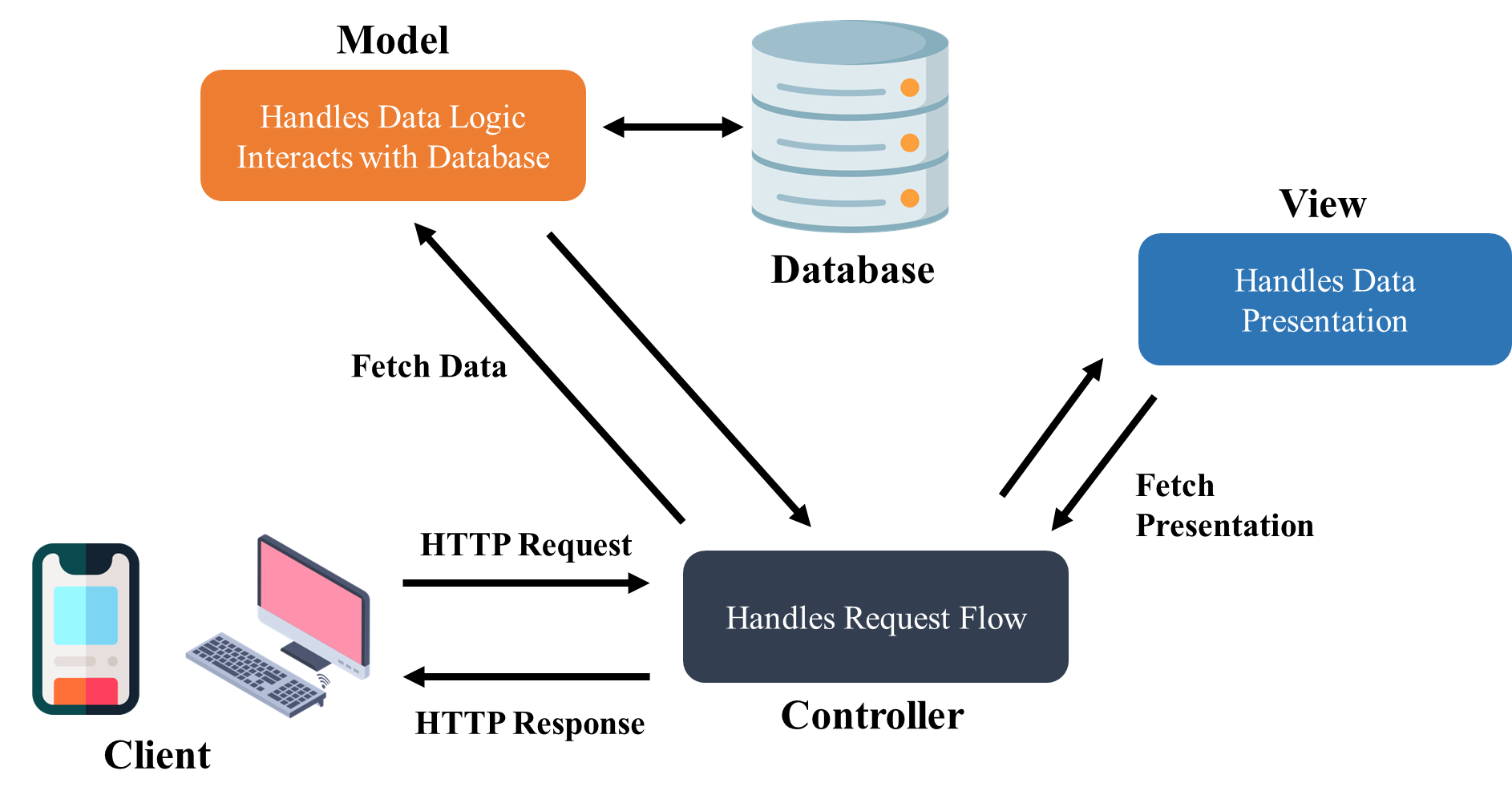
System Architecture
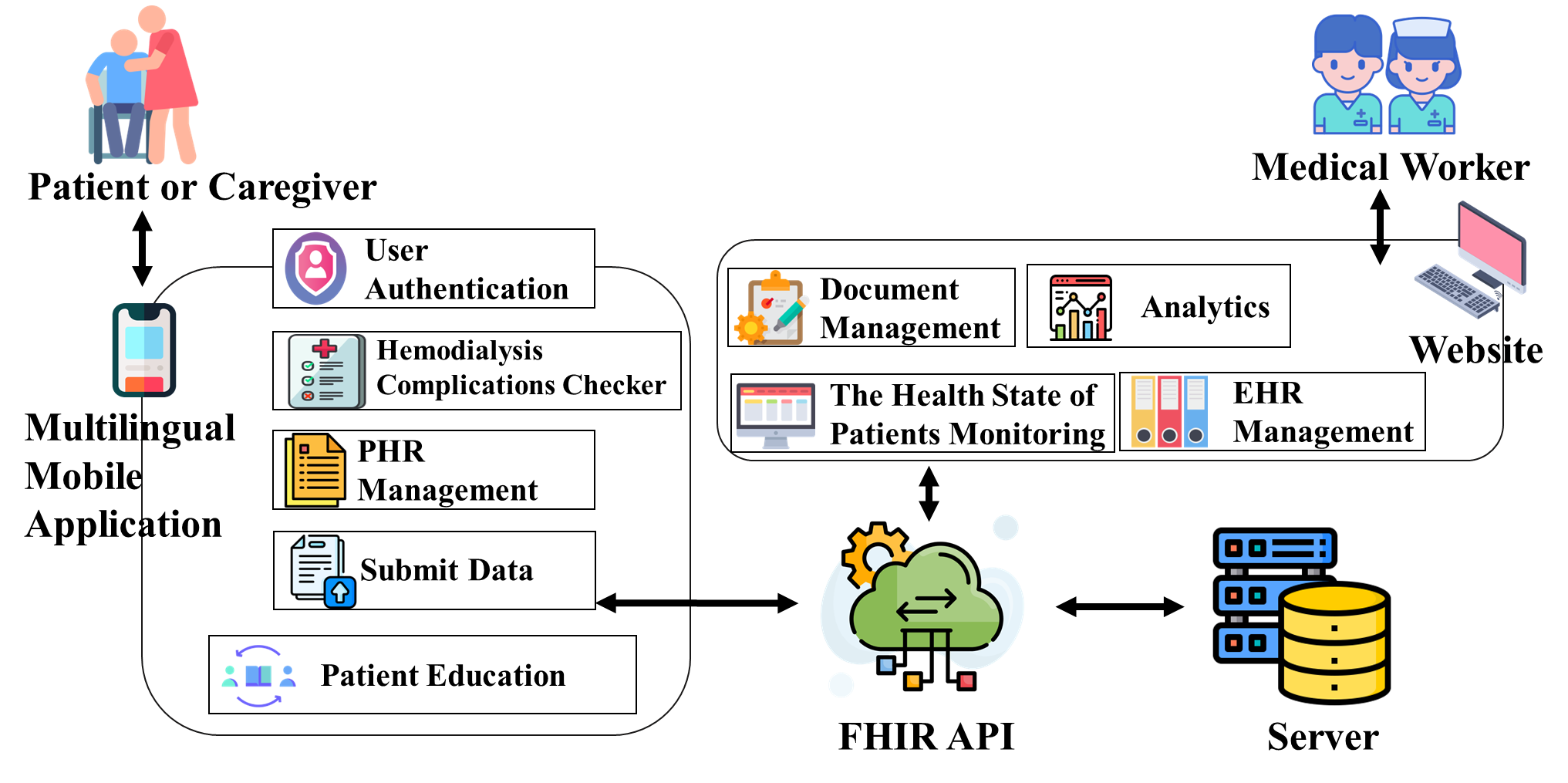
Demonstration
Mobile Application
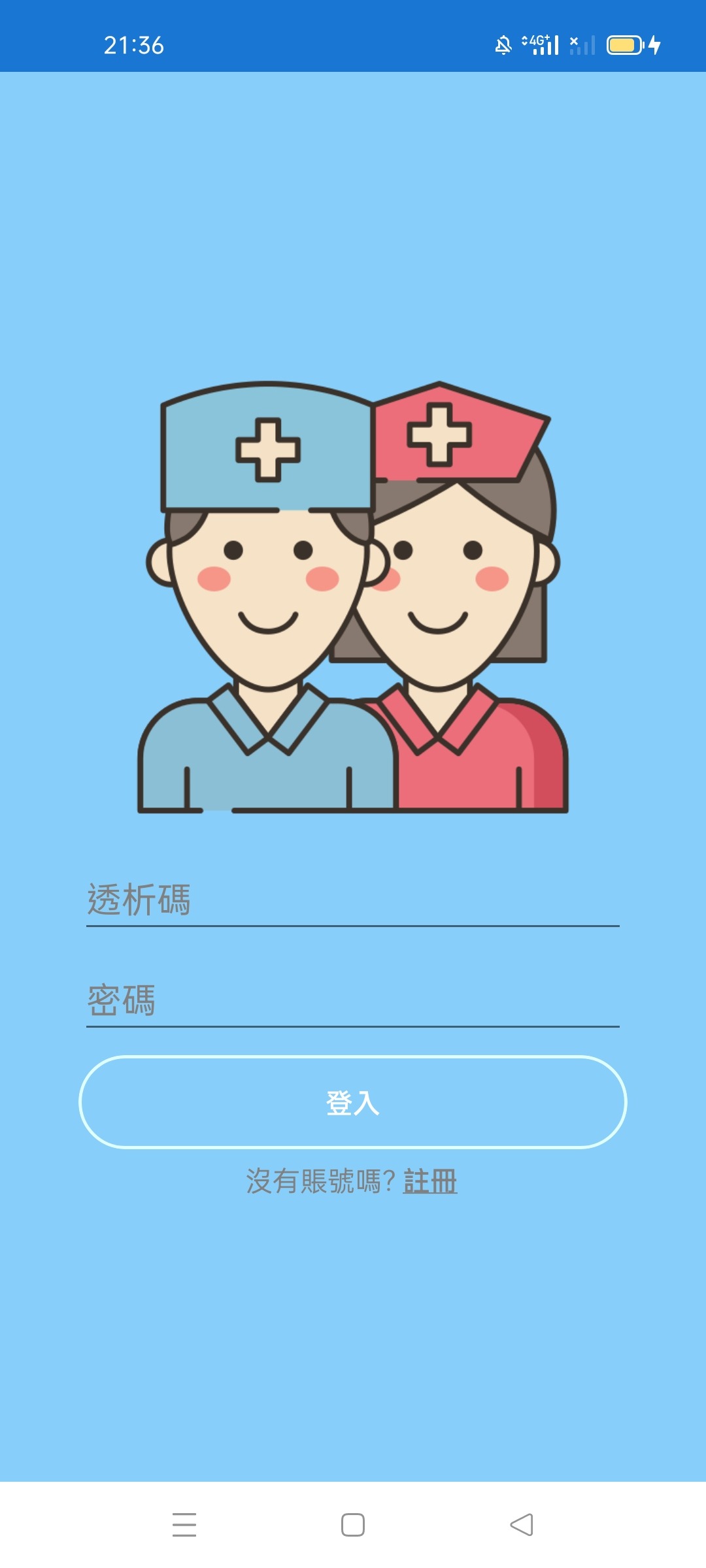
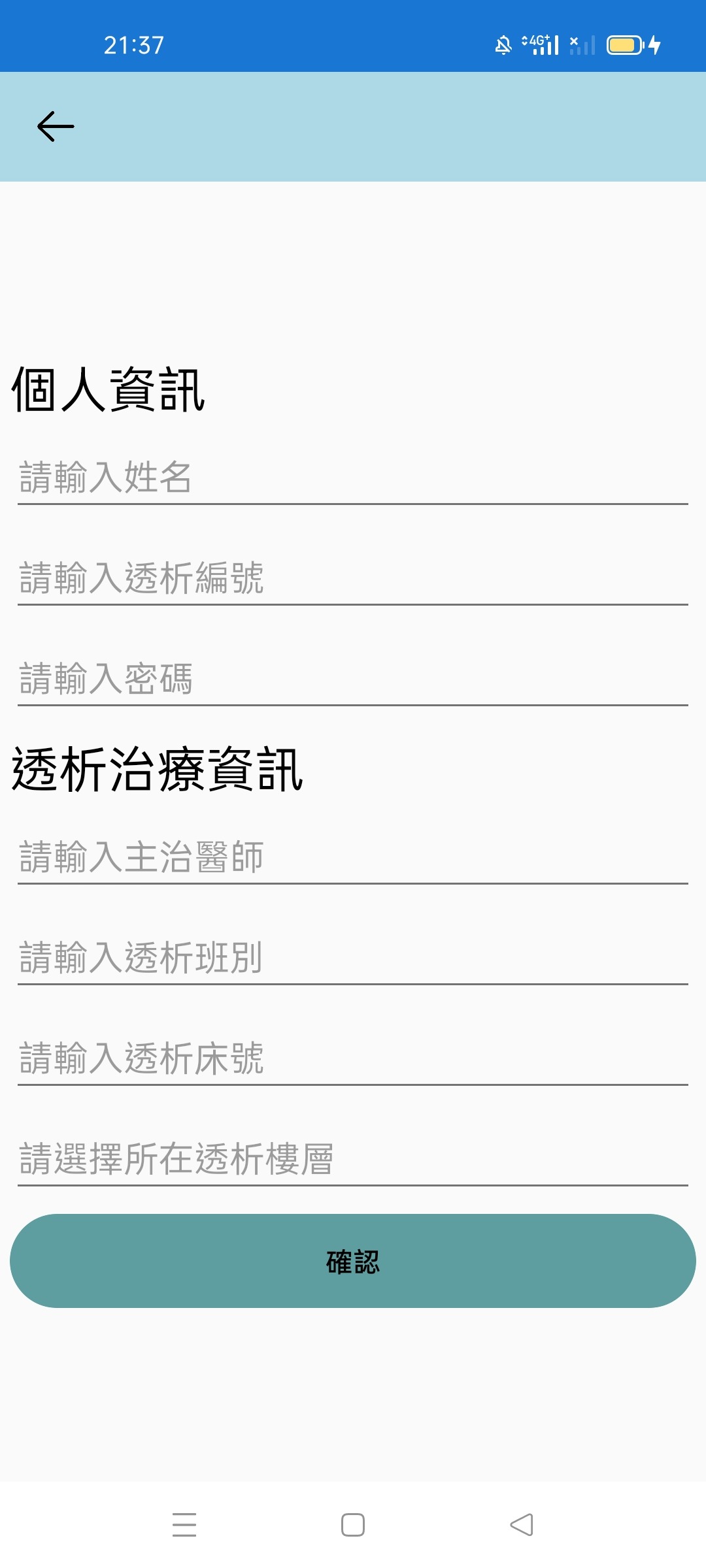
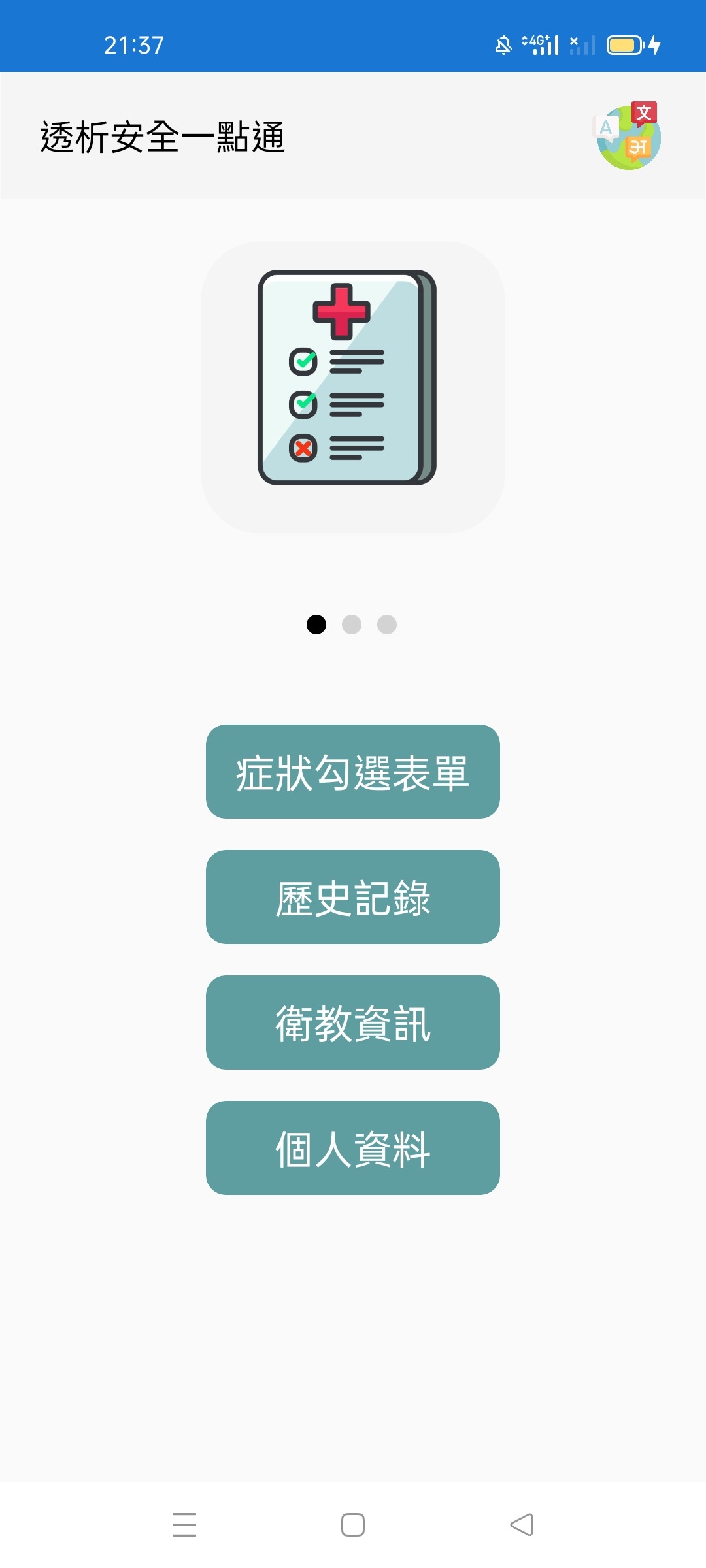
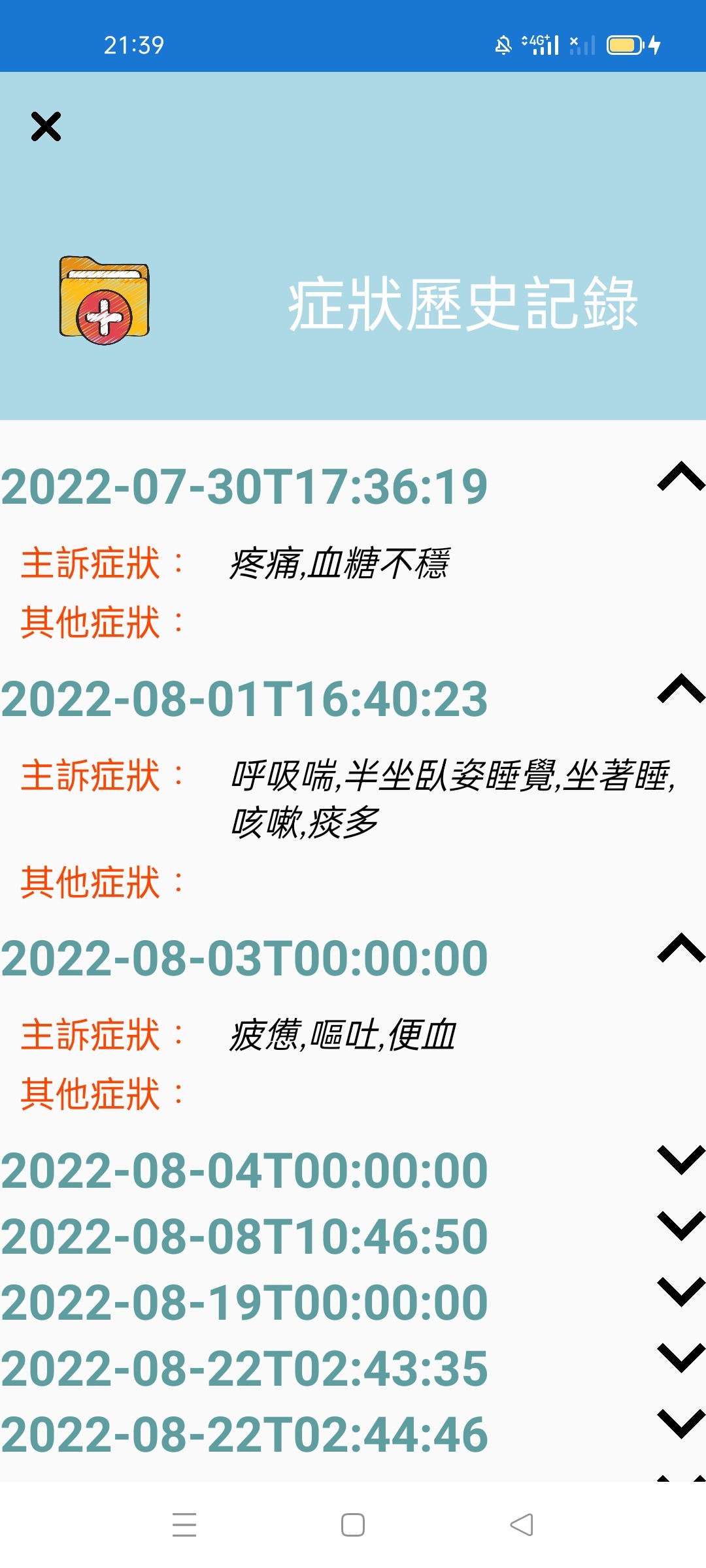
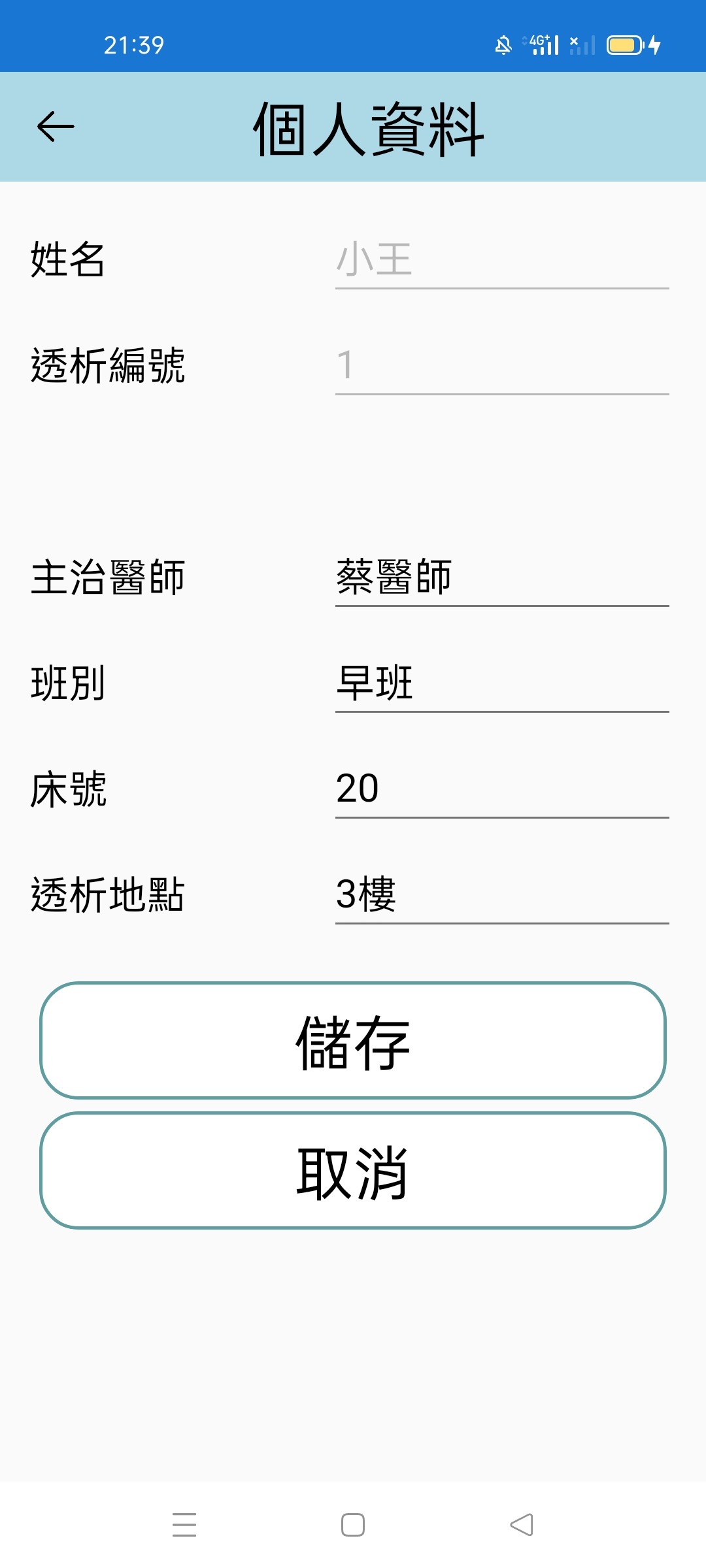
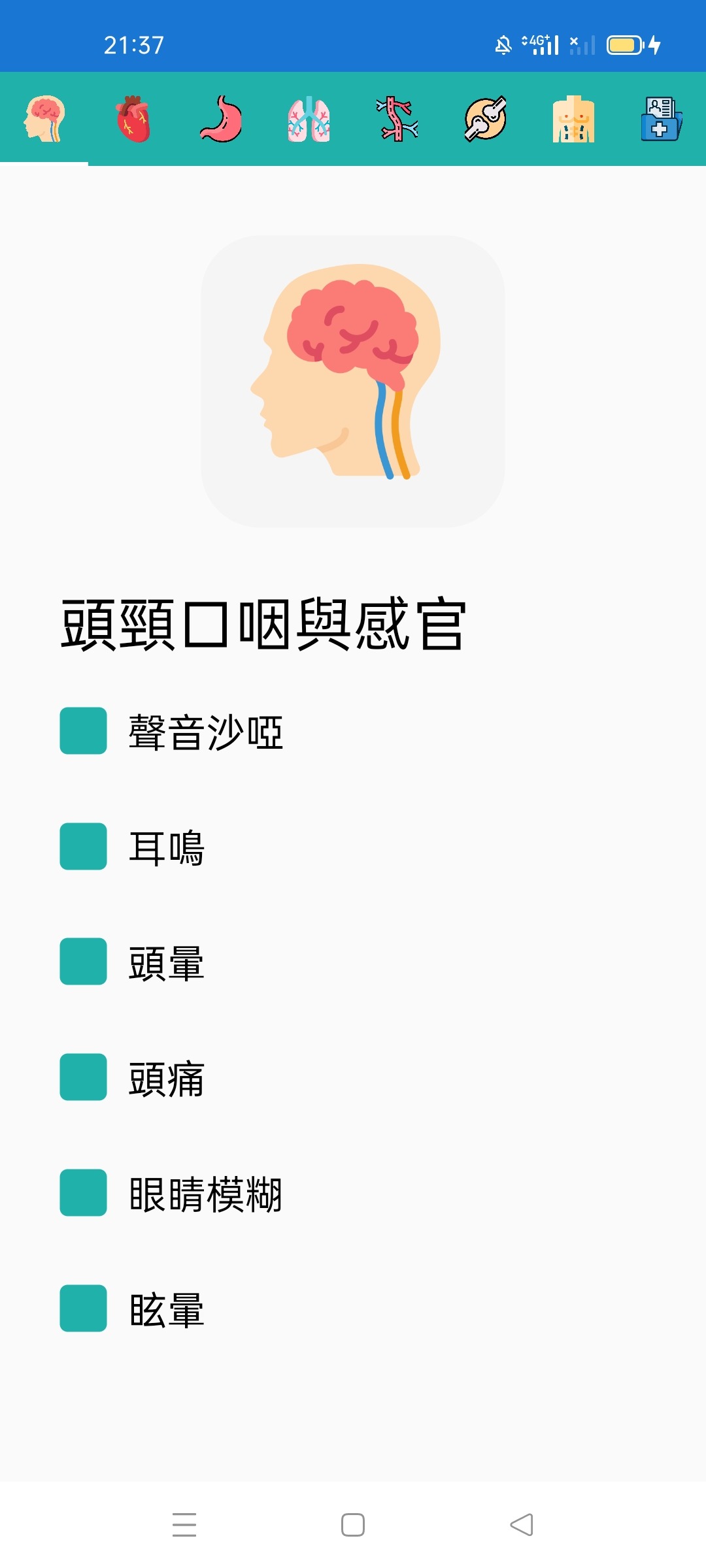
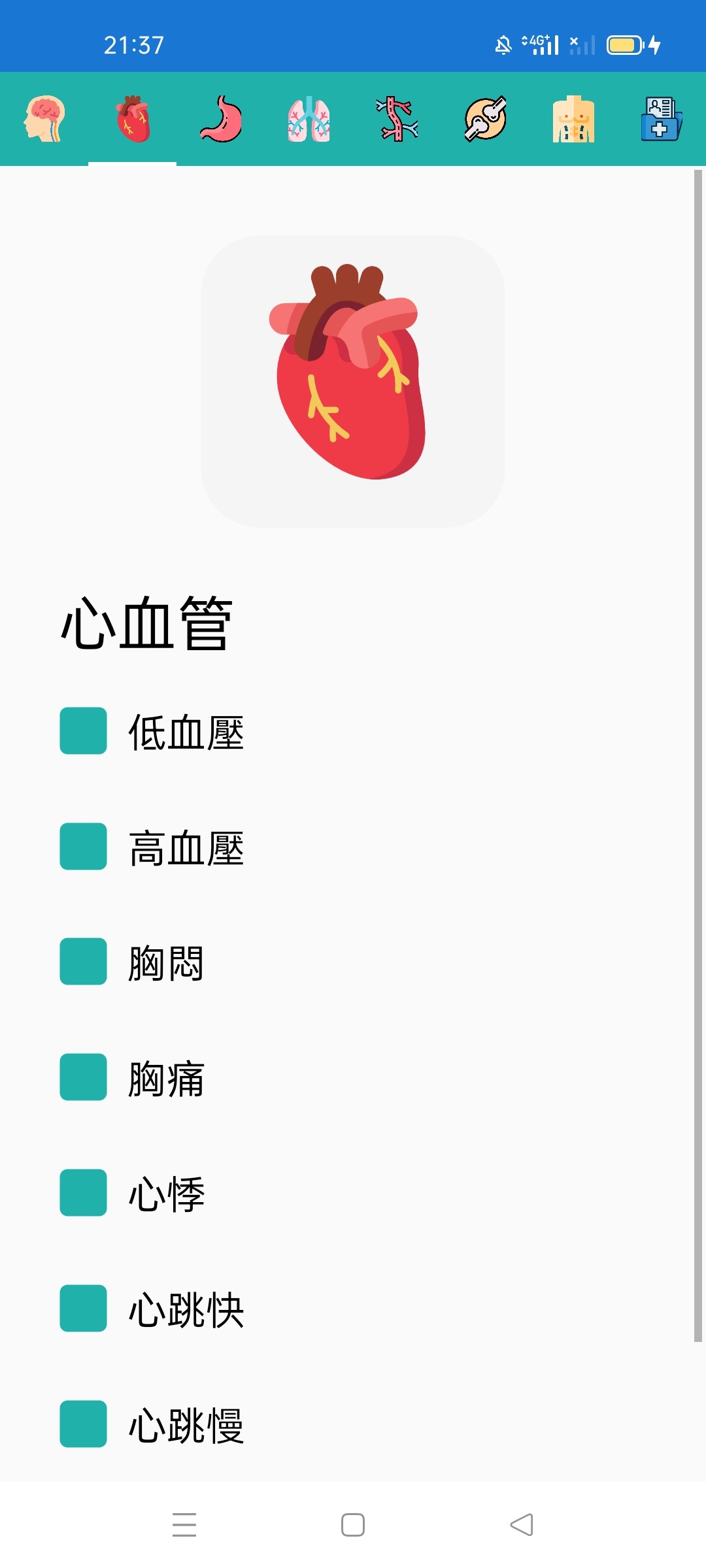

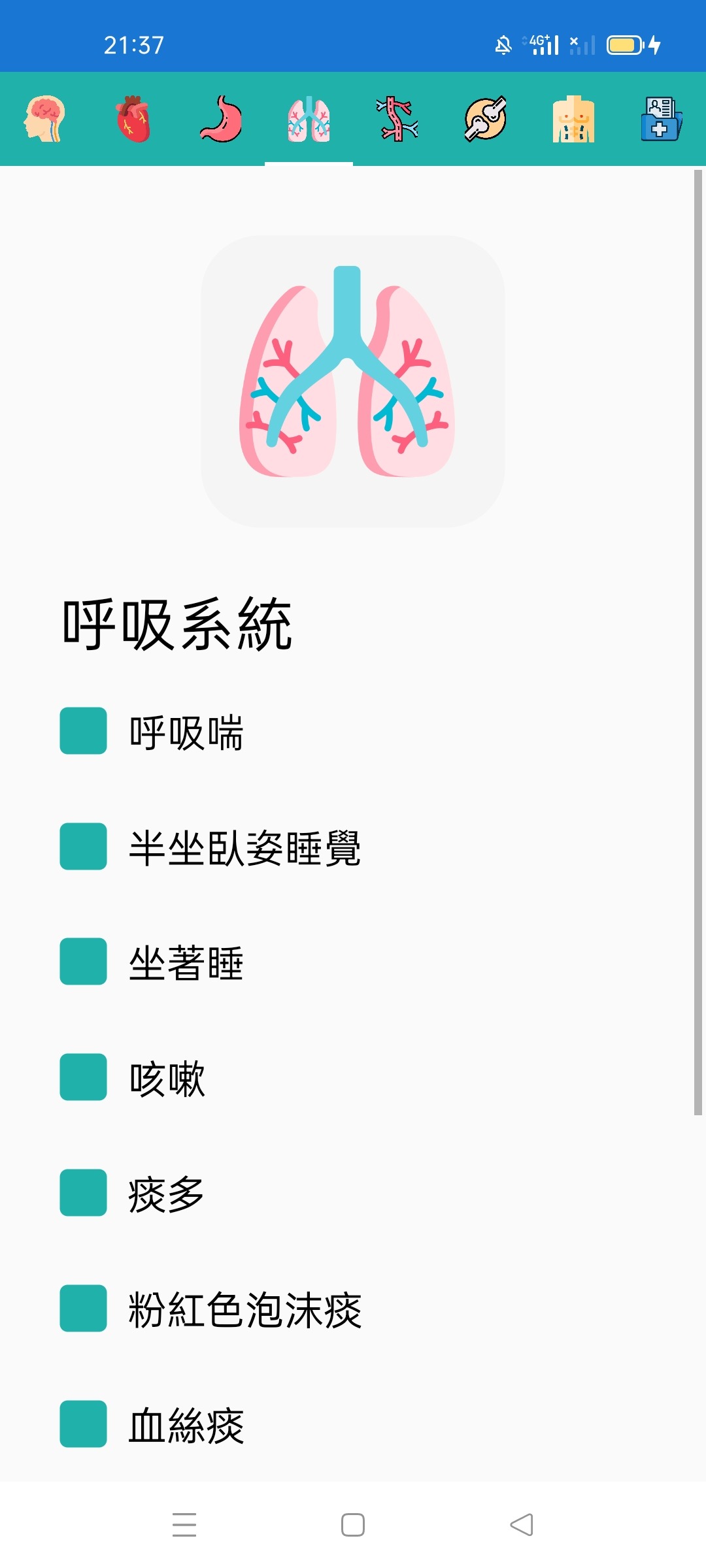
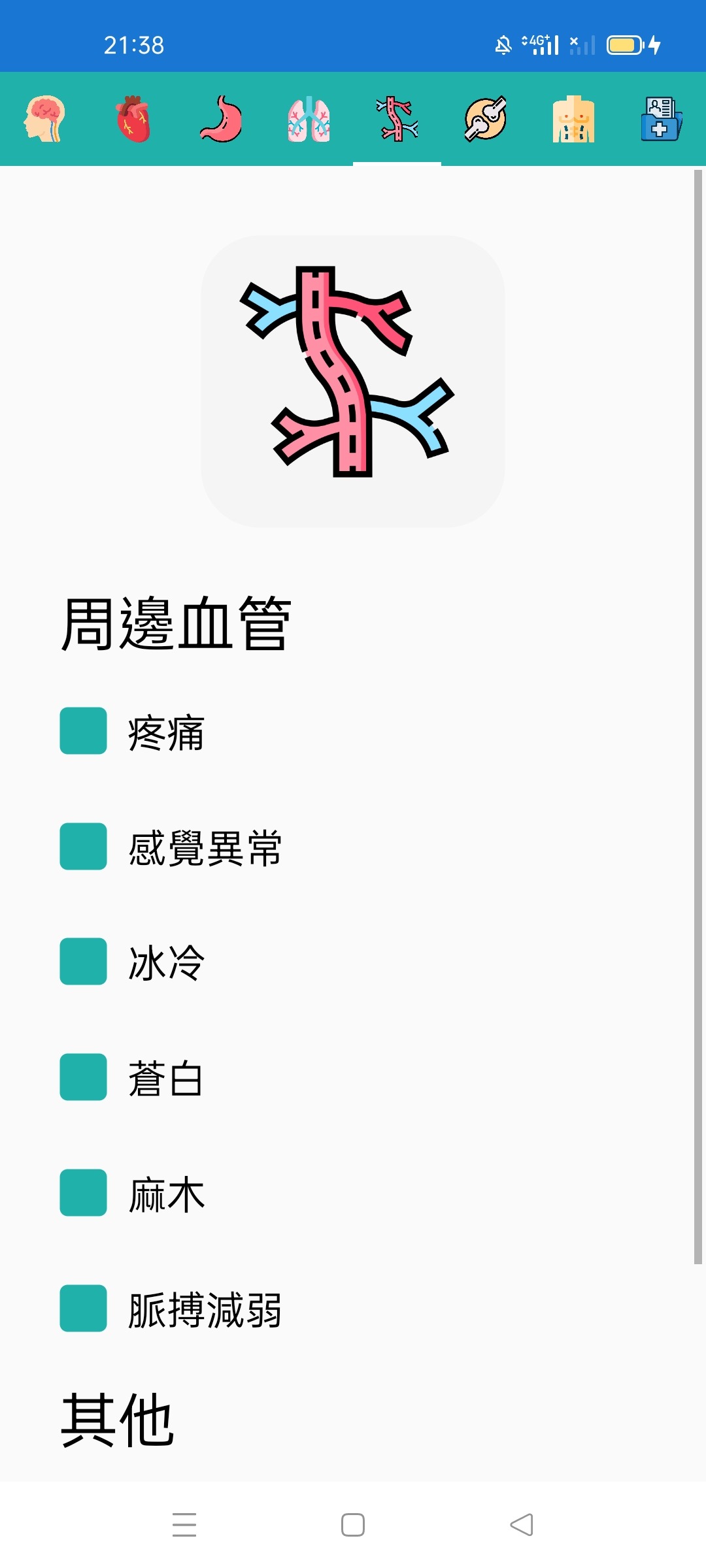
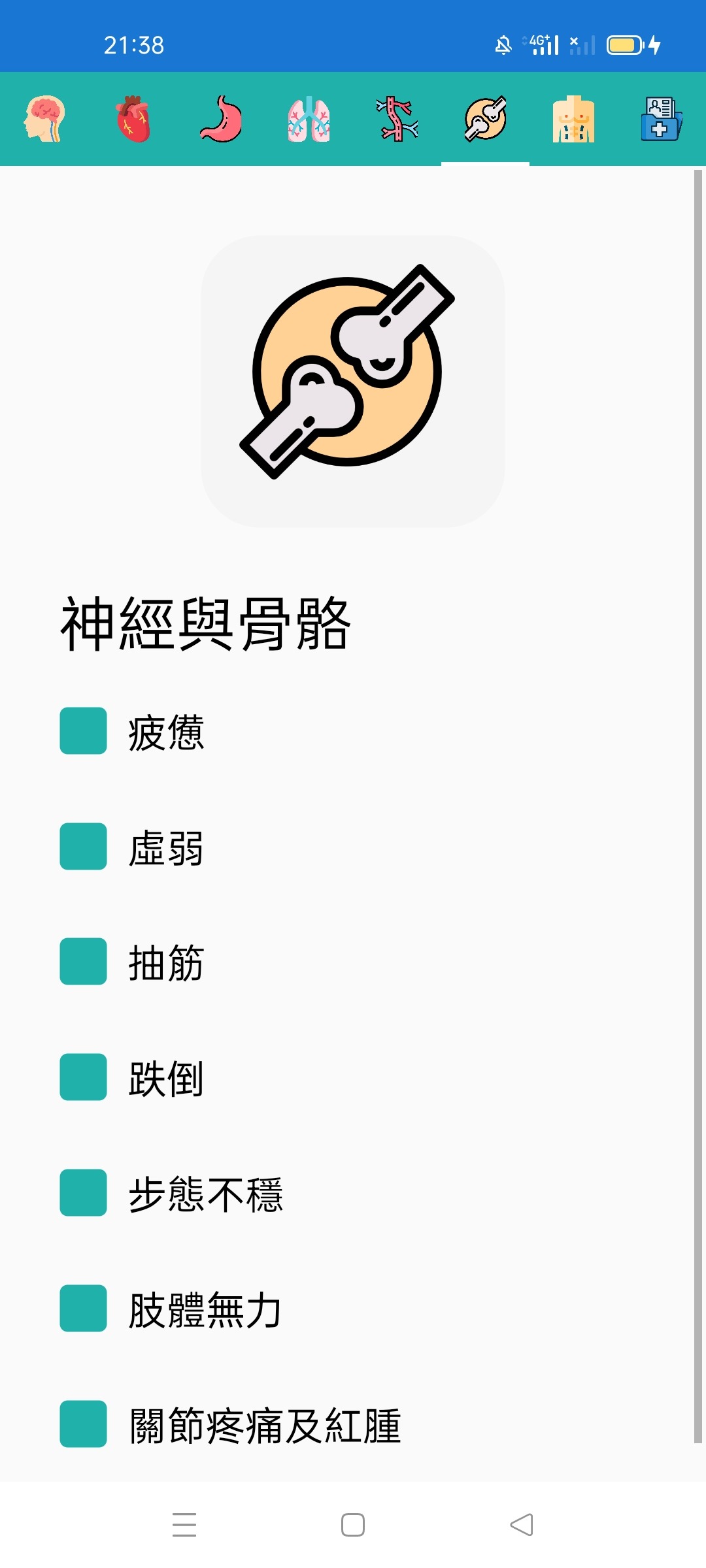
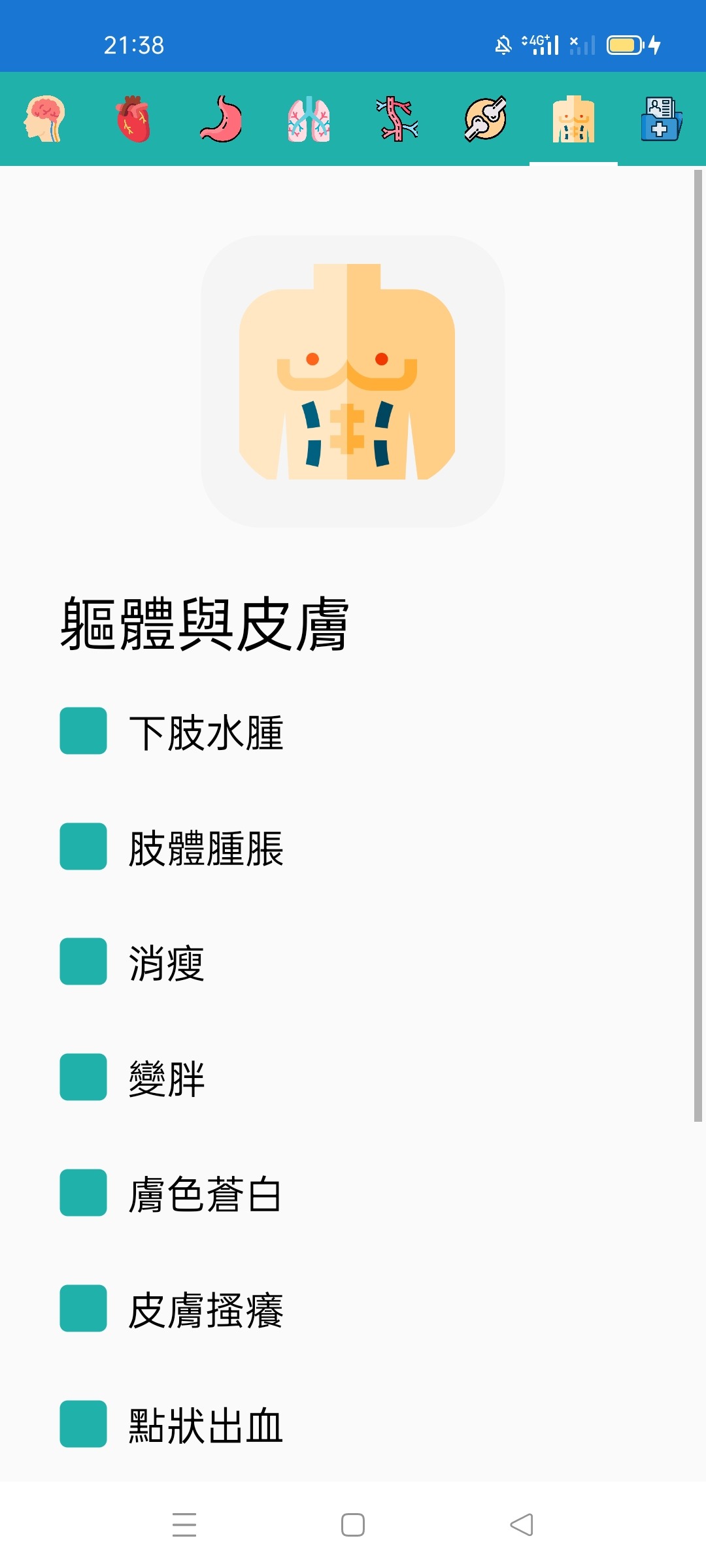
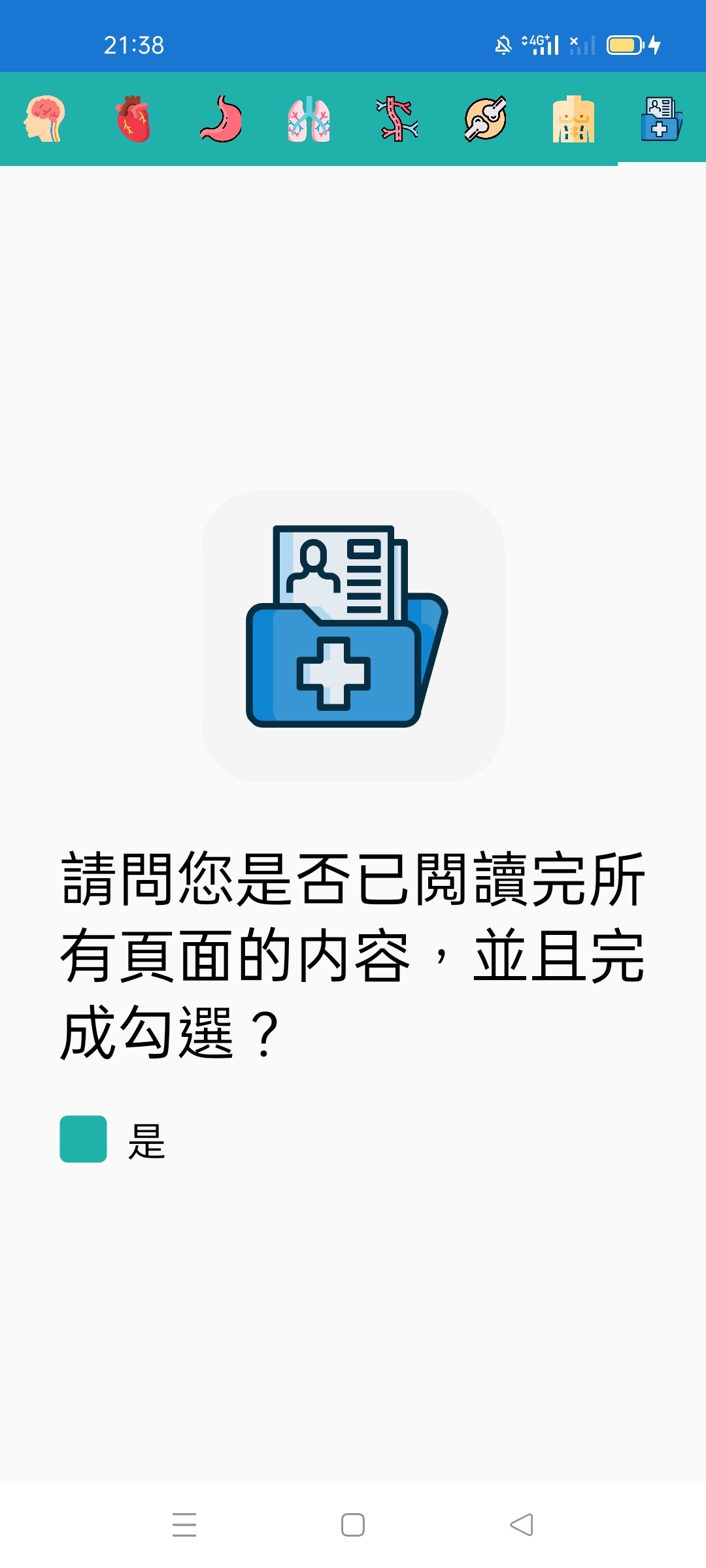
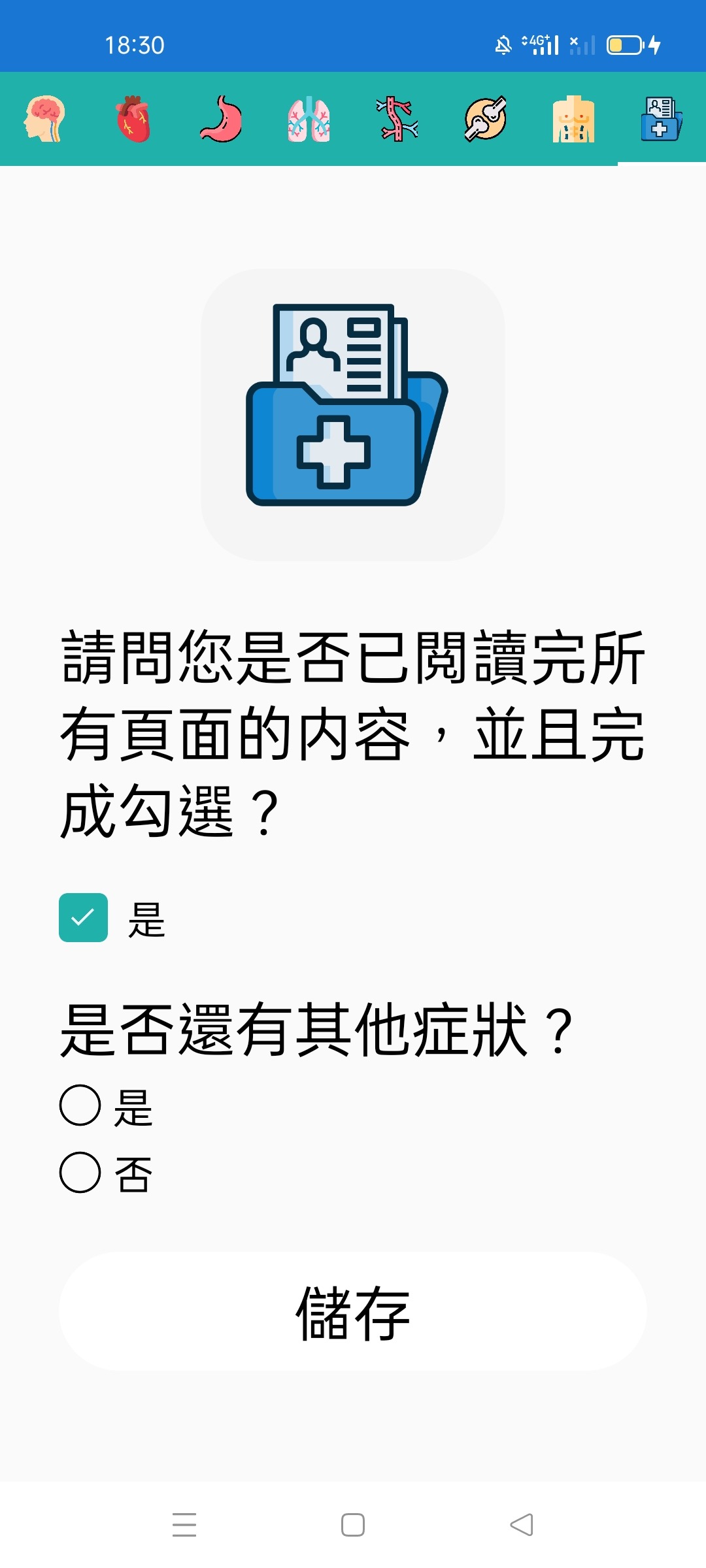
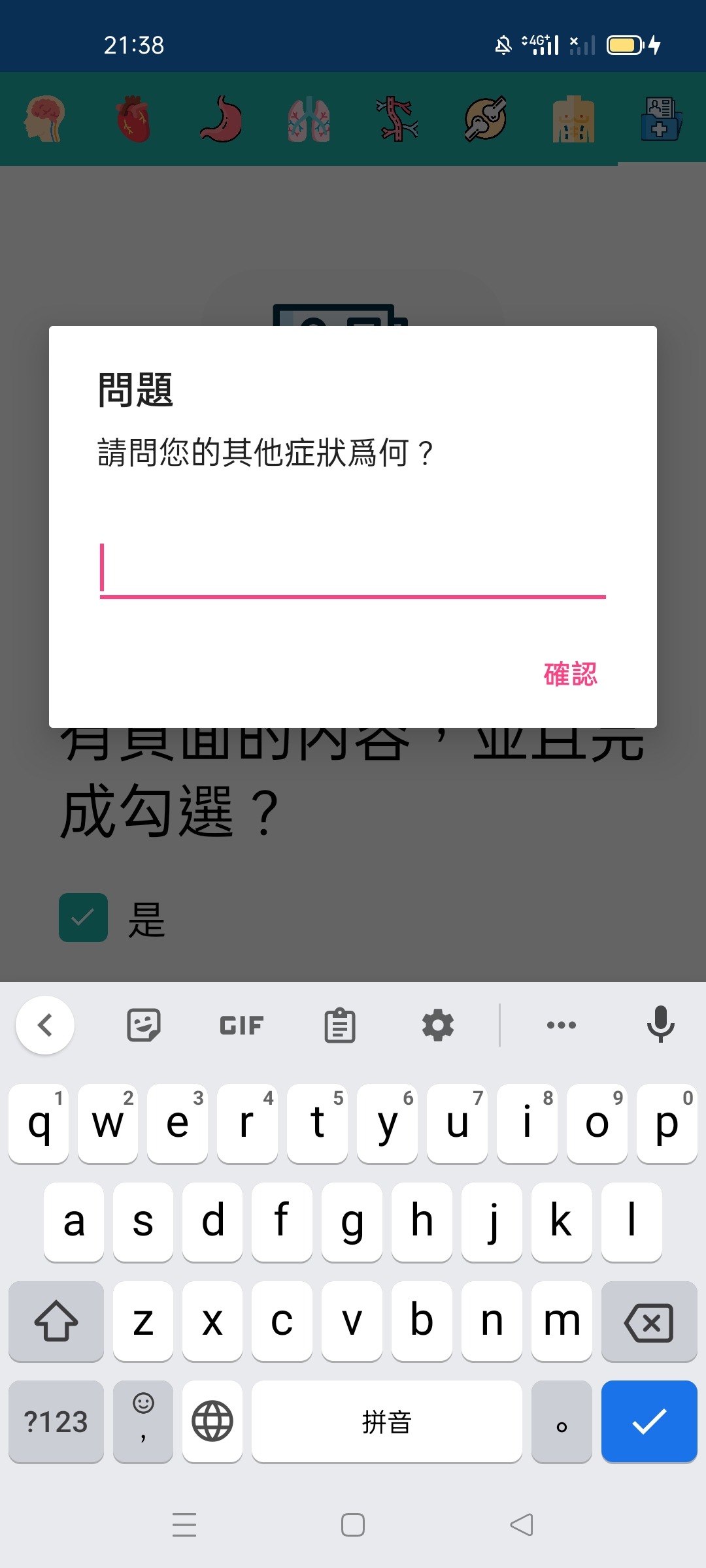
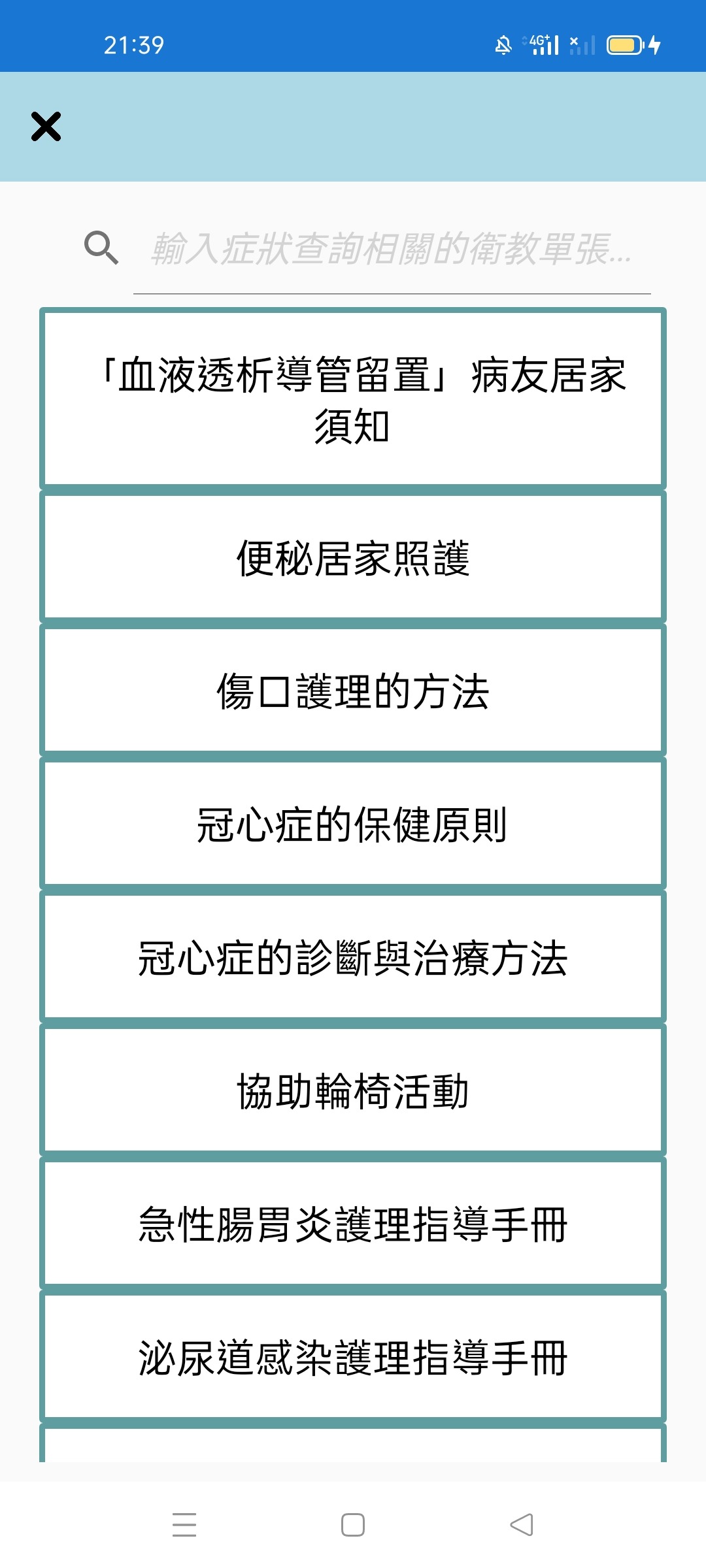
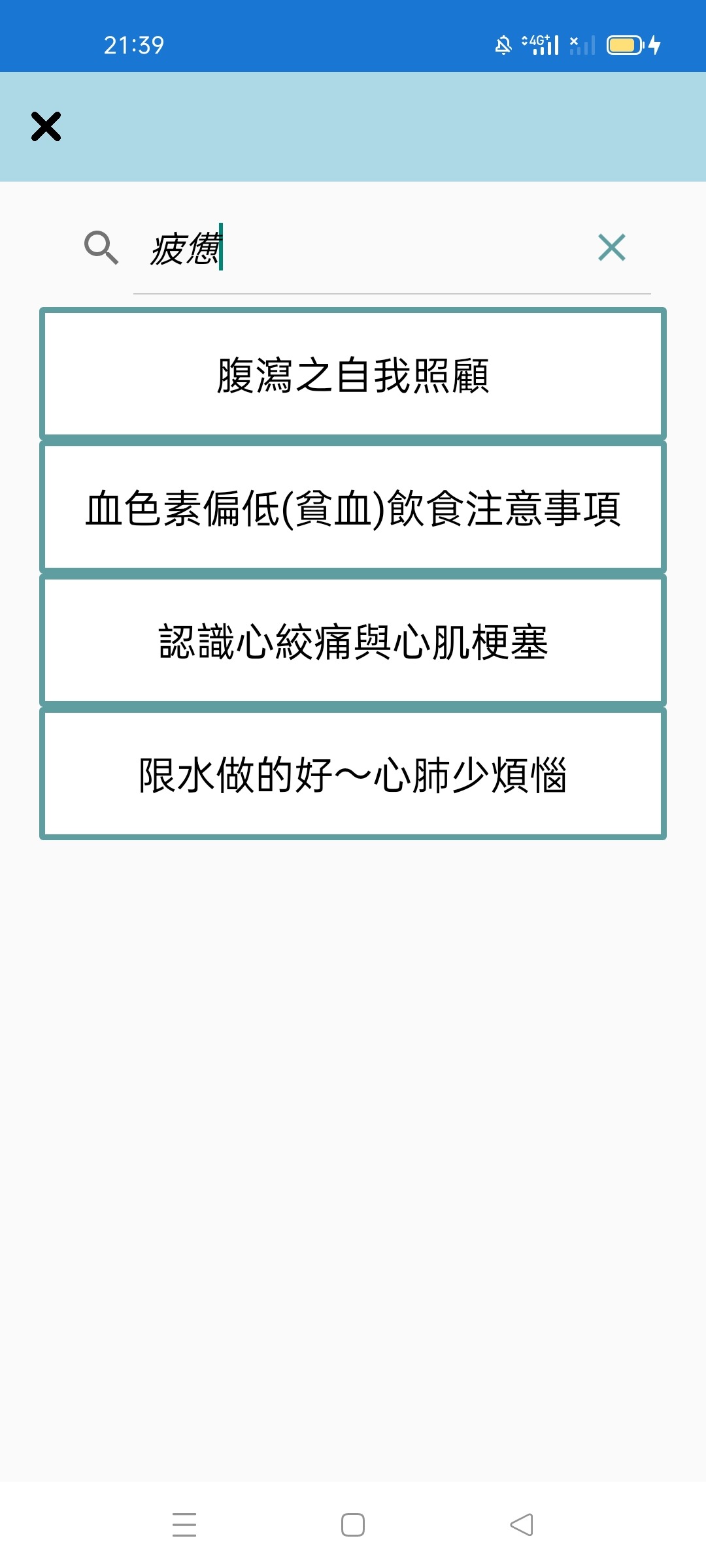
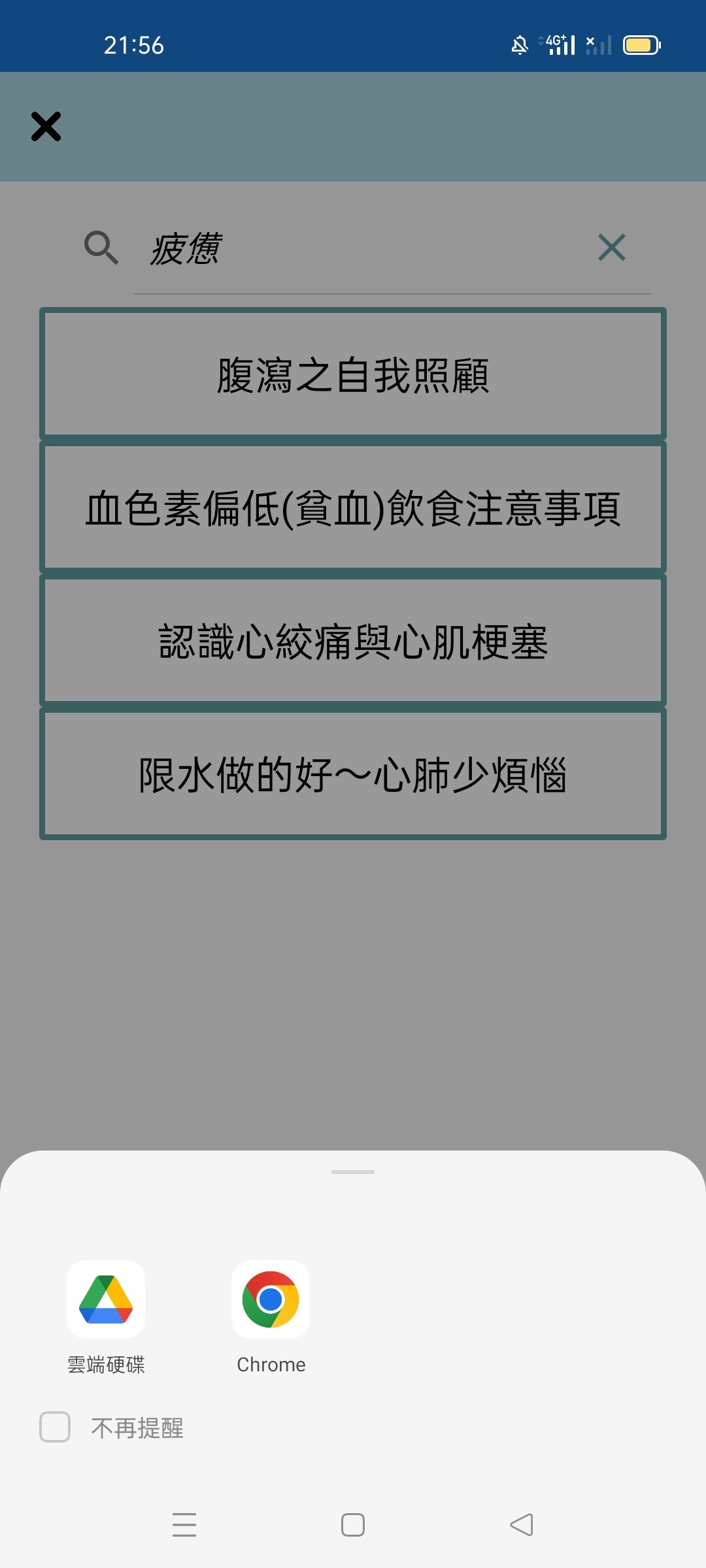
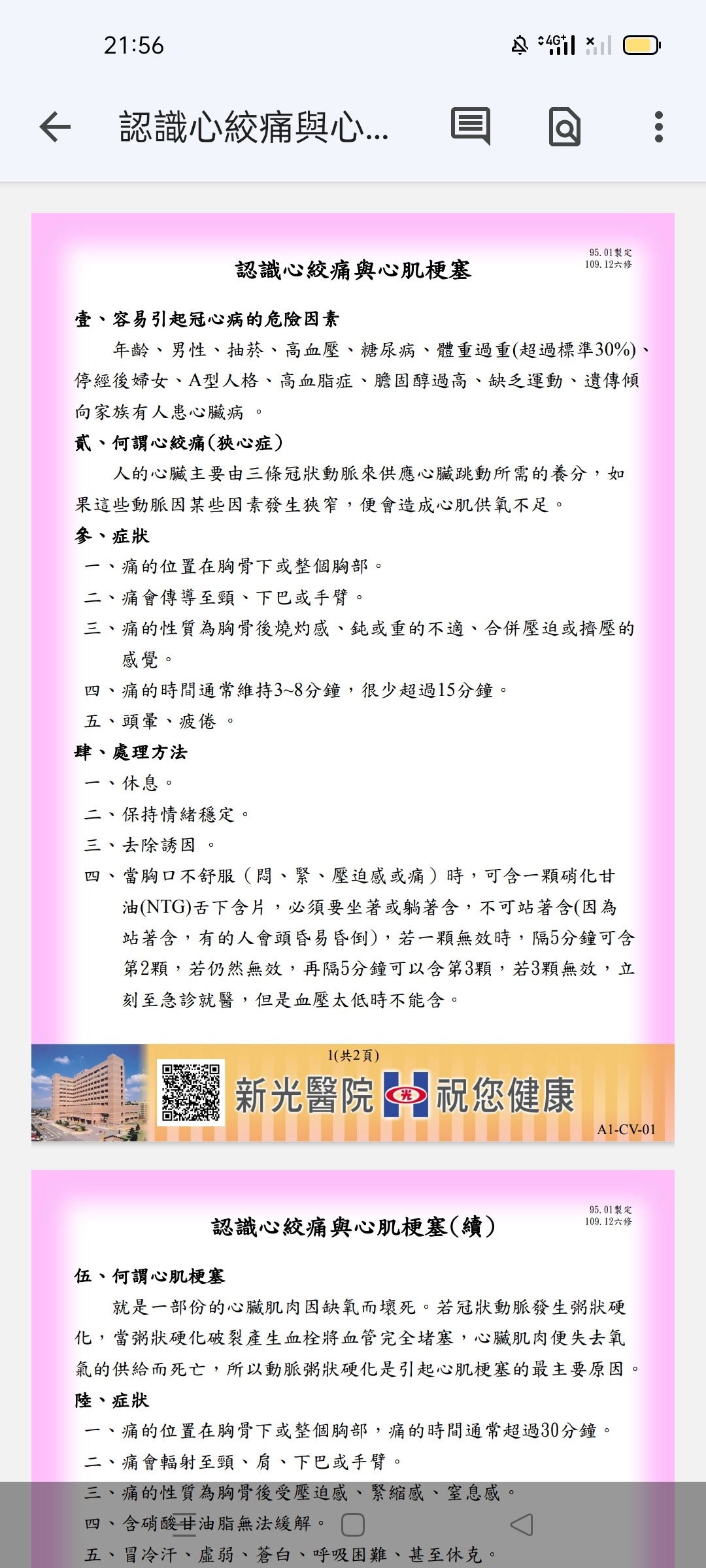
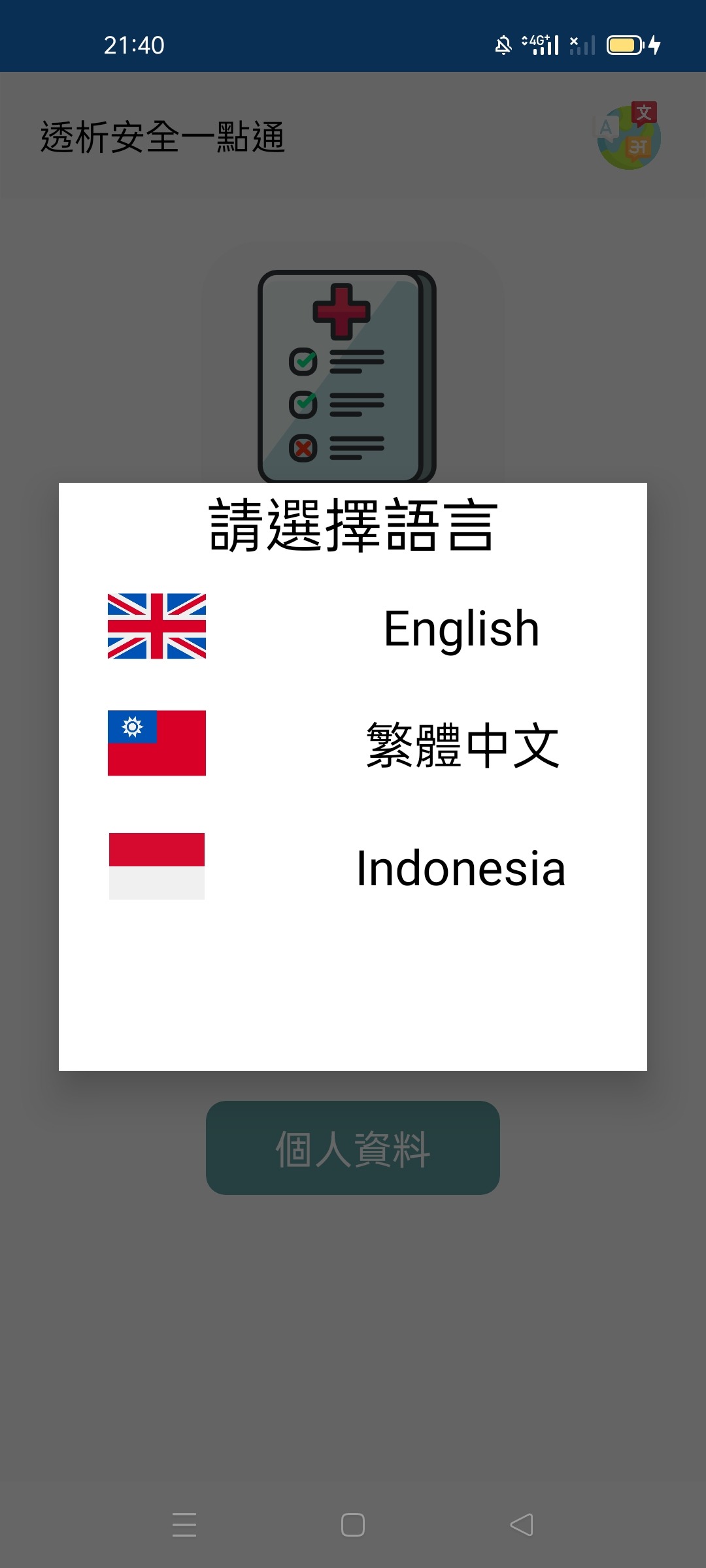
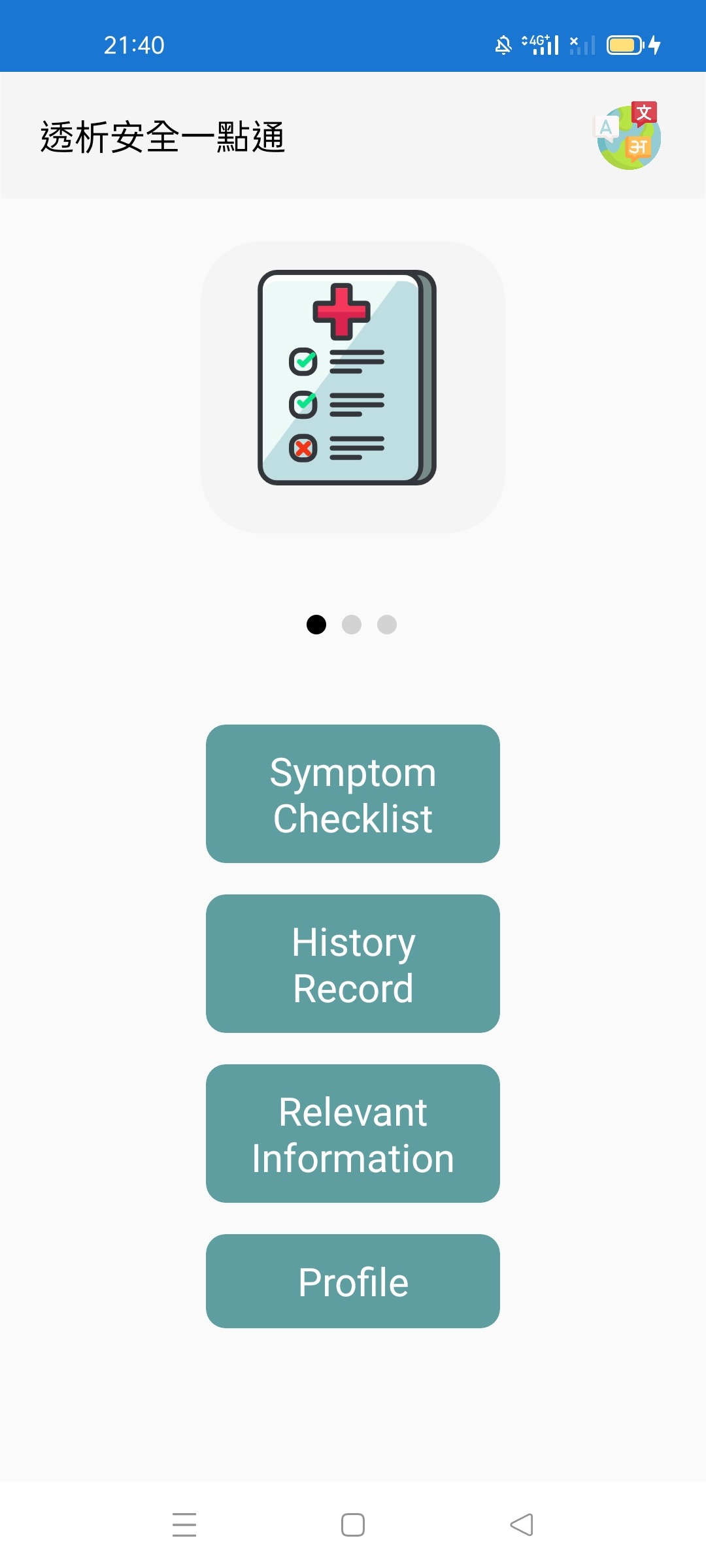
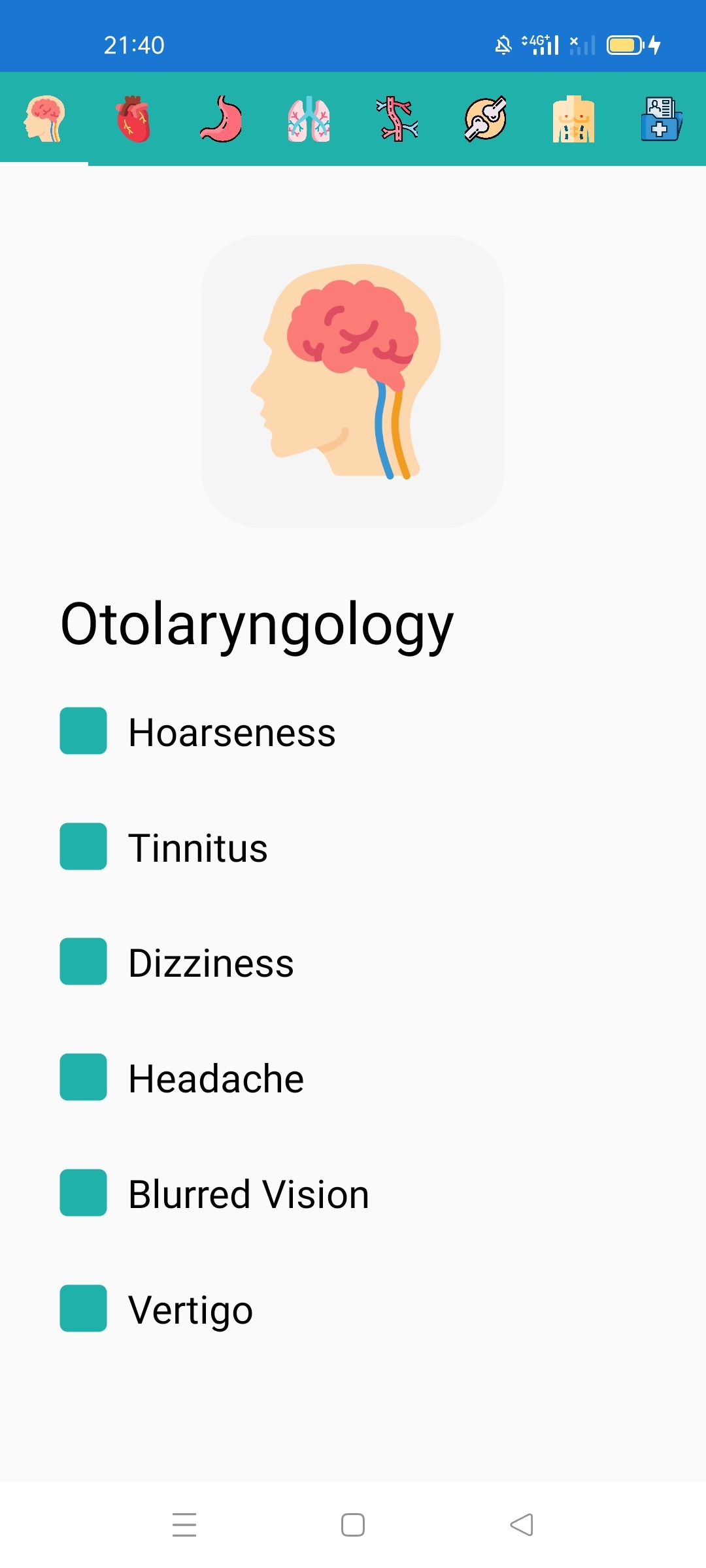
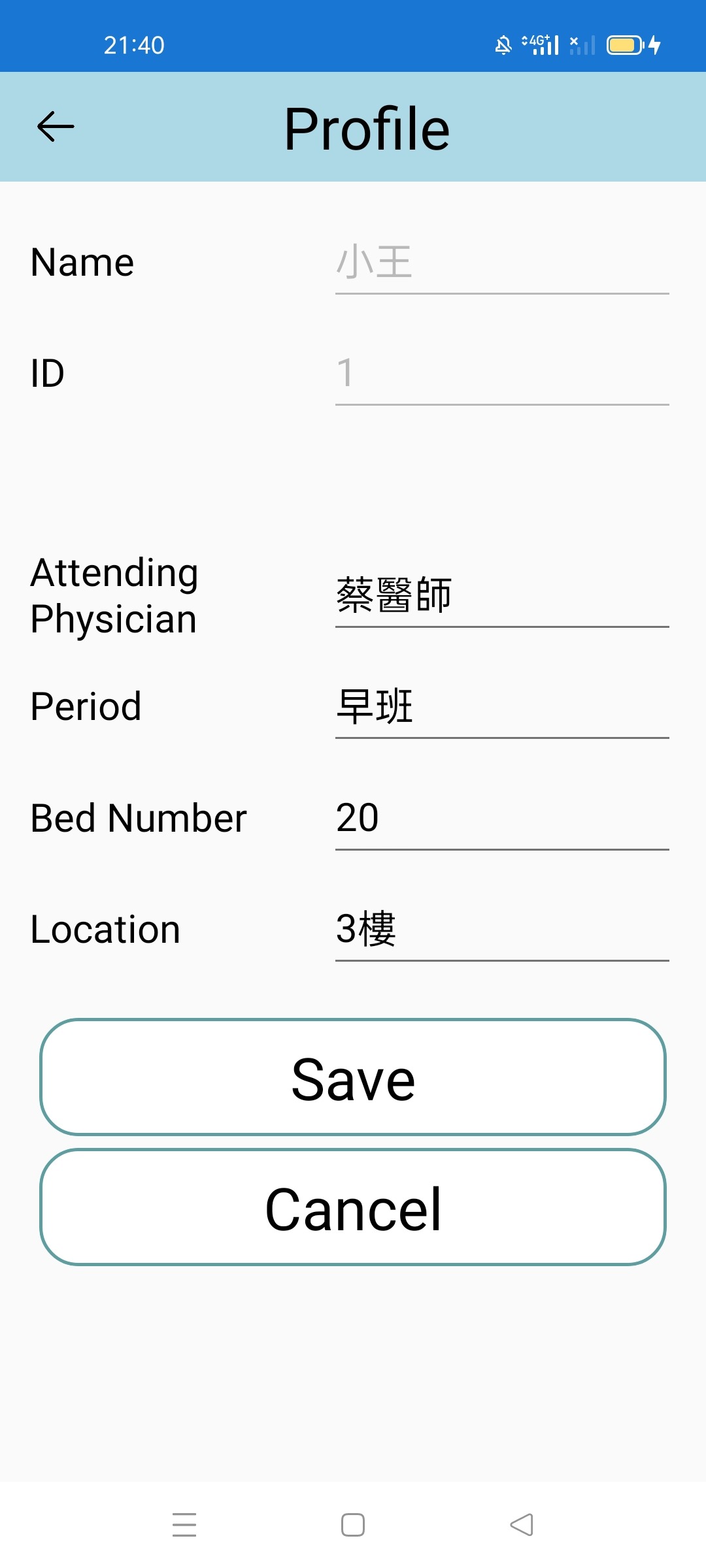

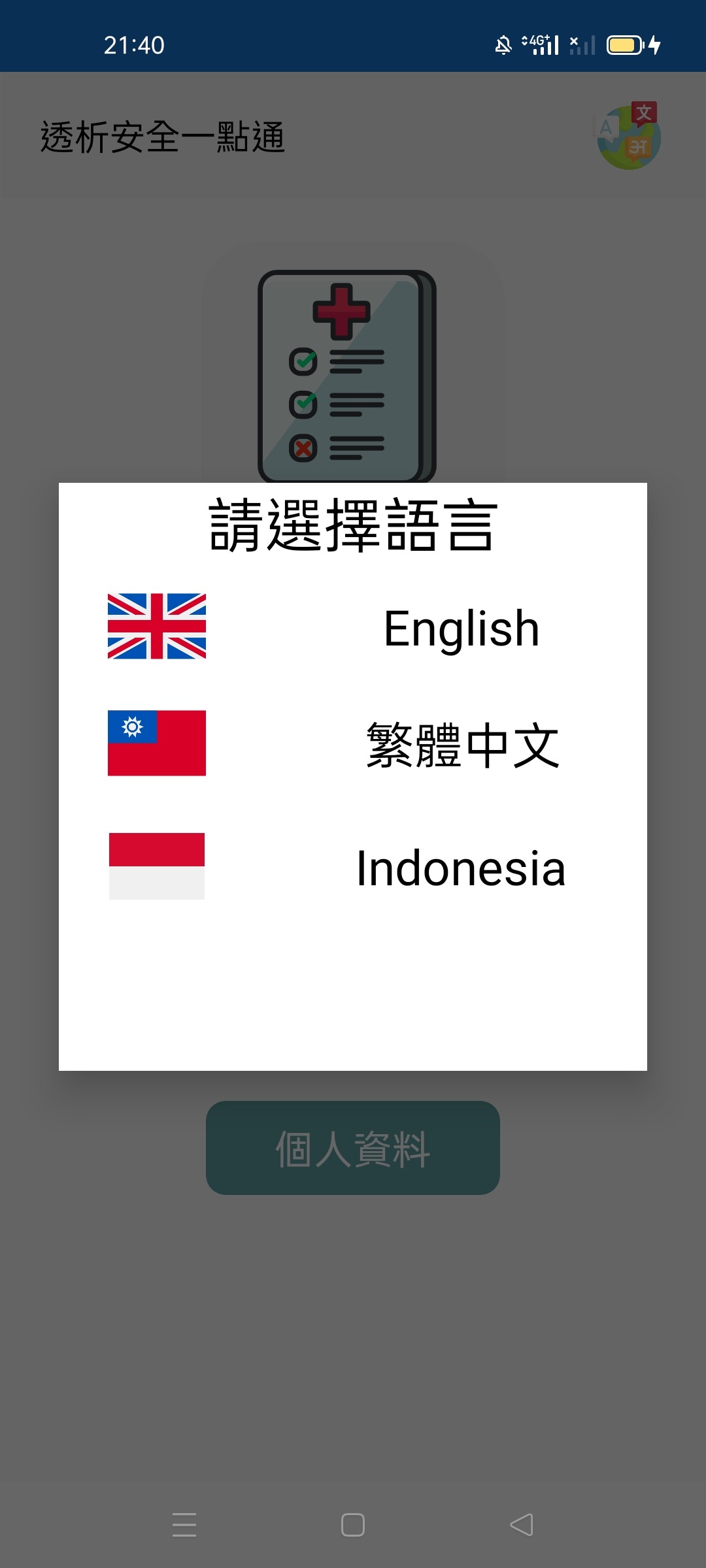
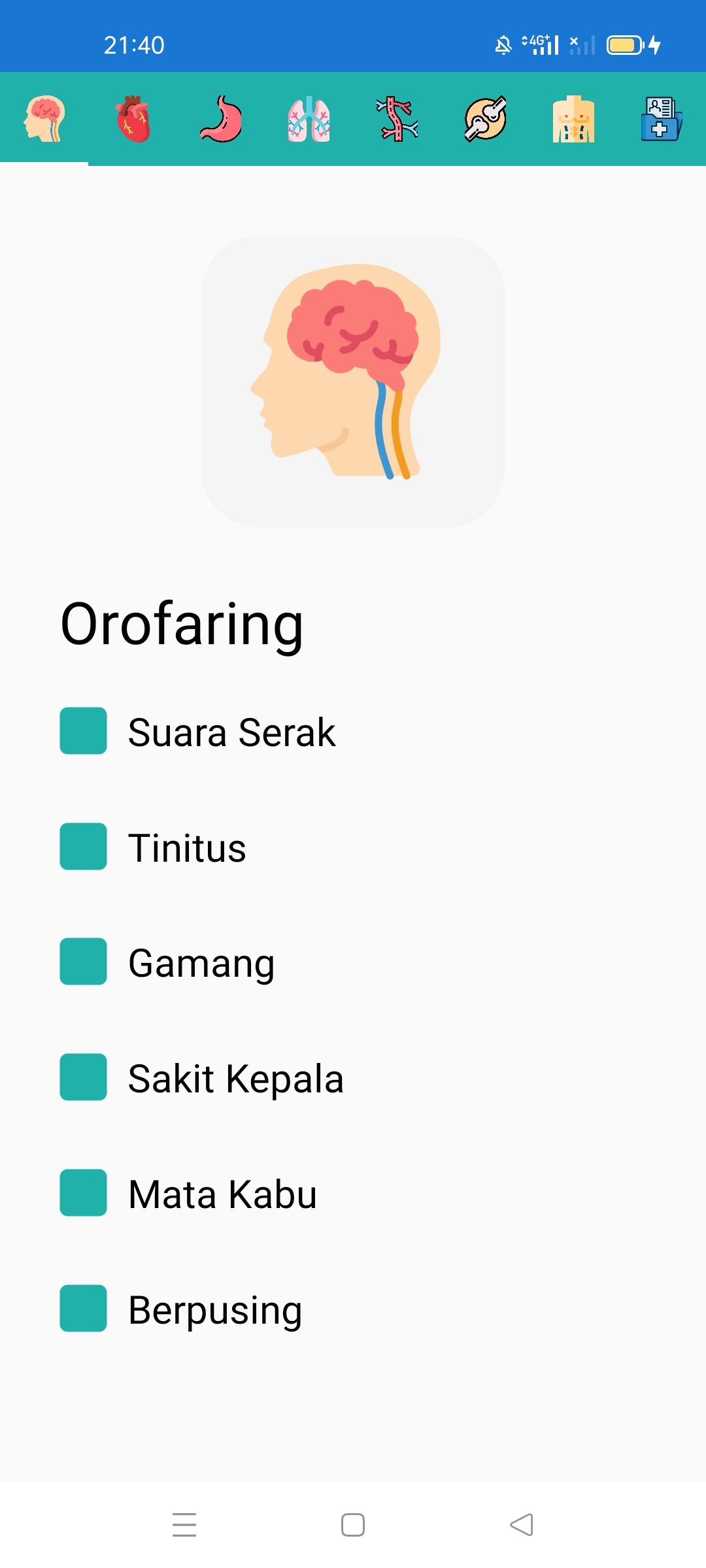
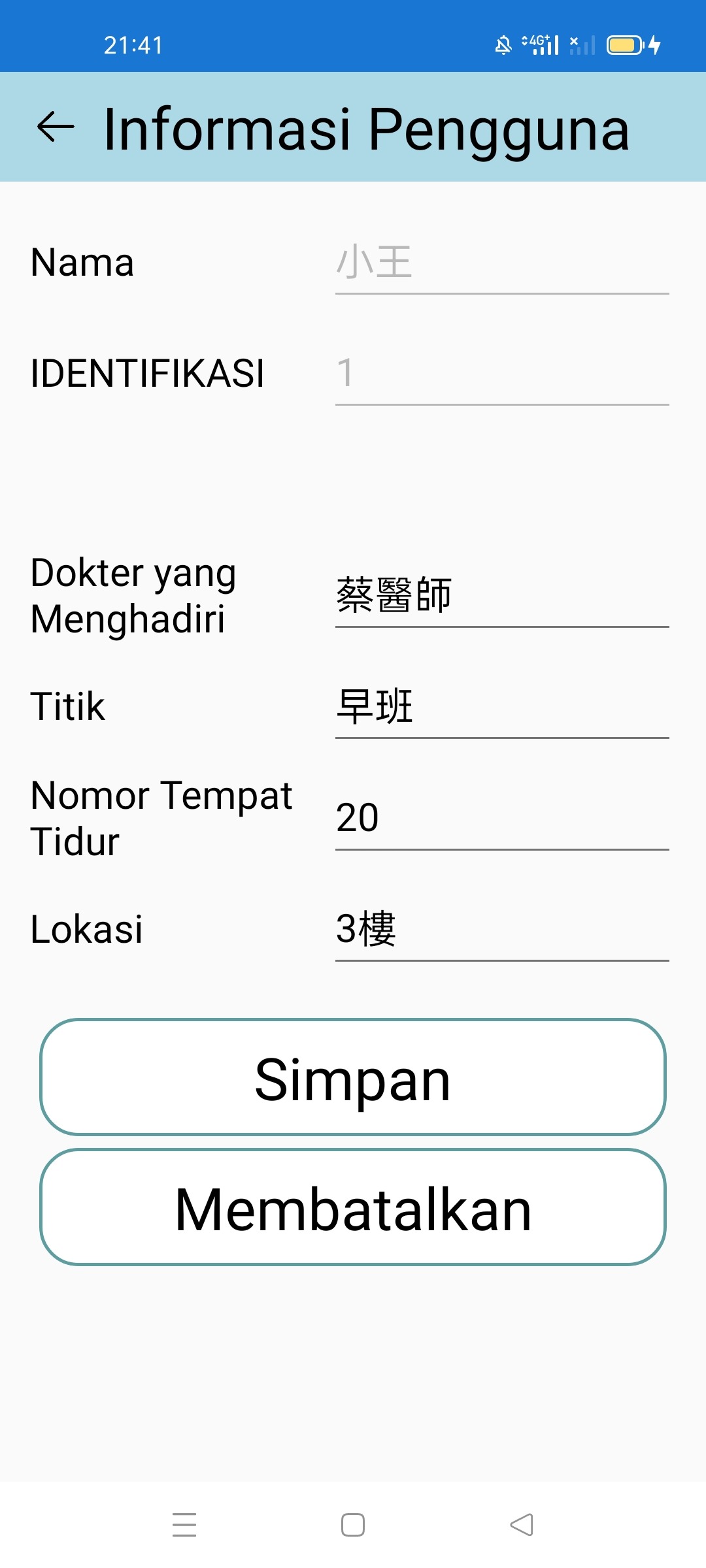
Complications Viewer Website
